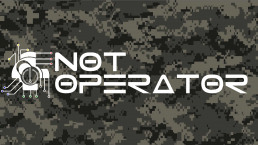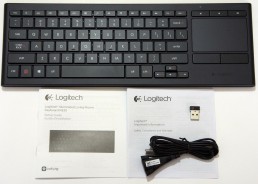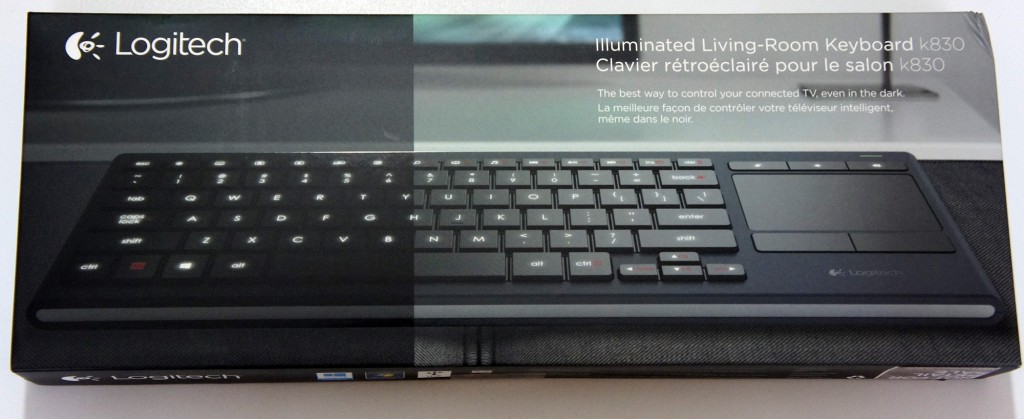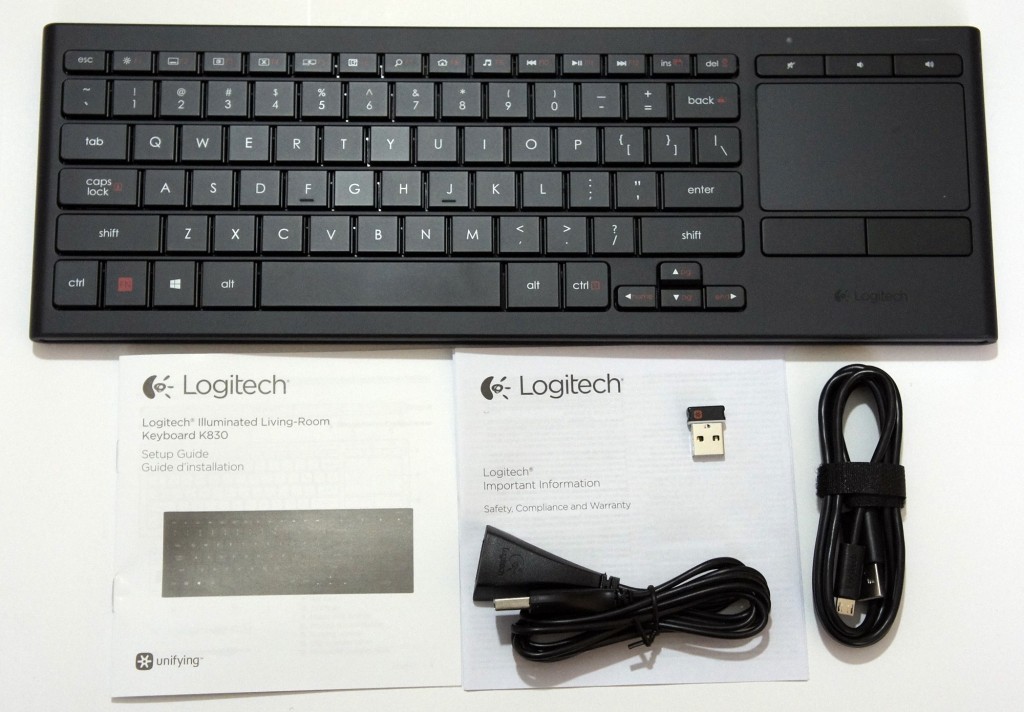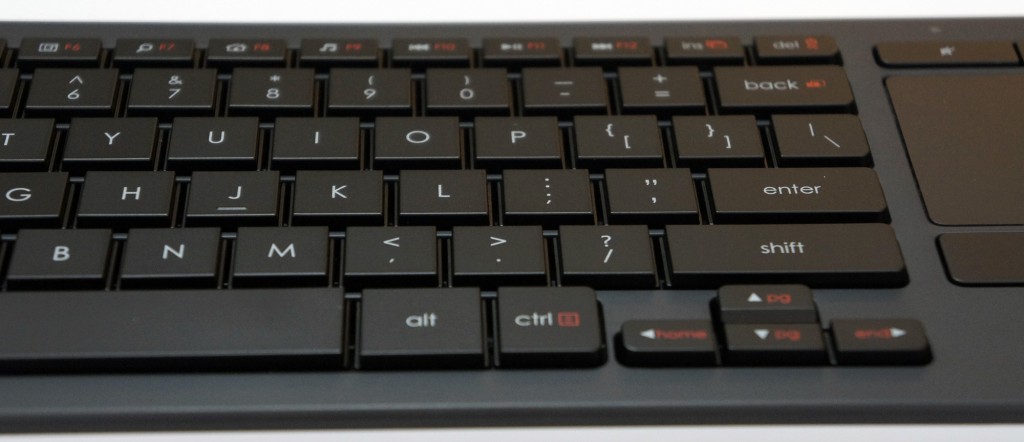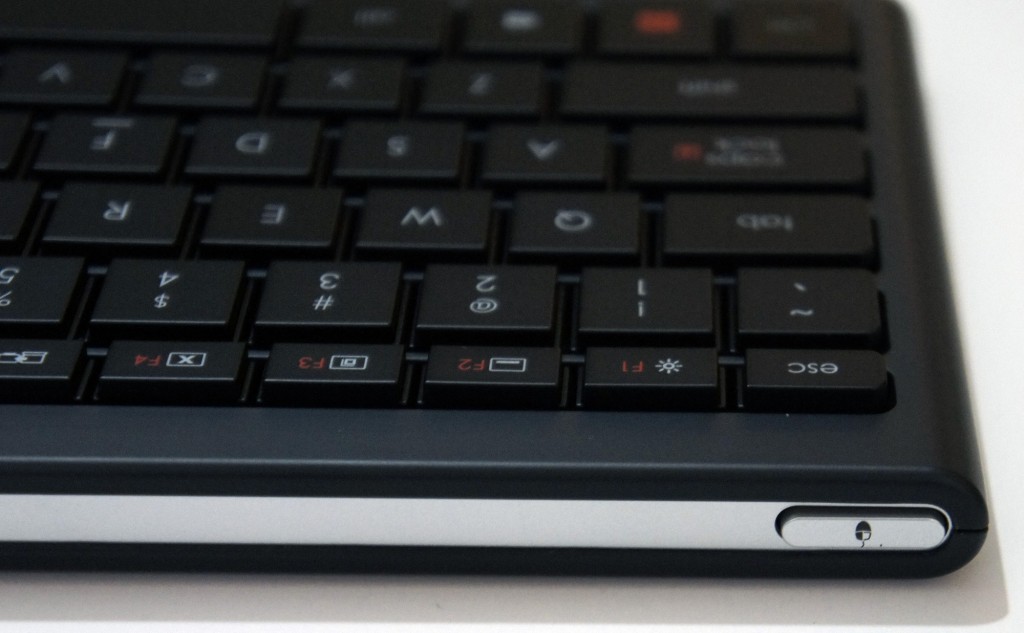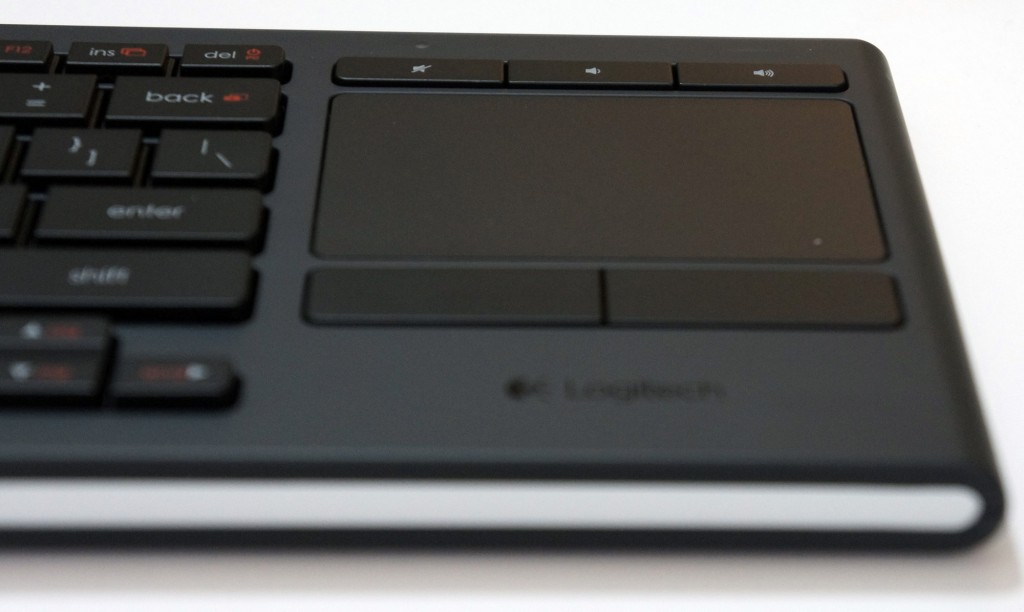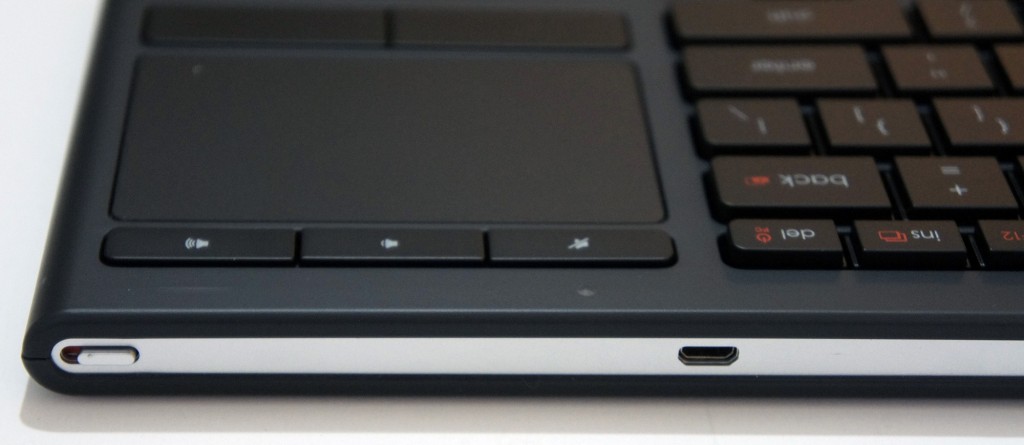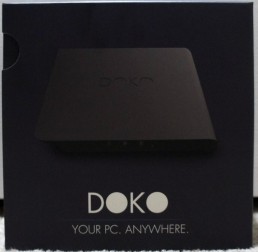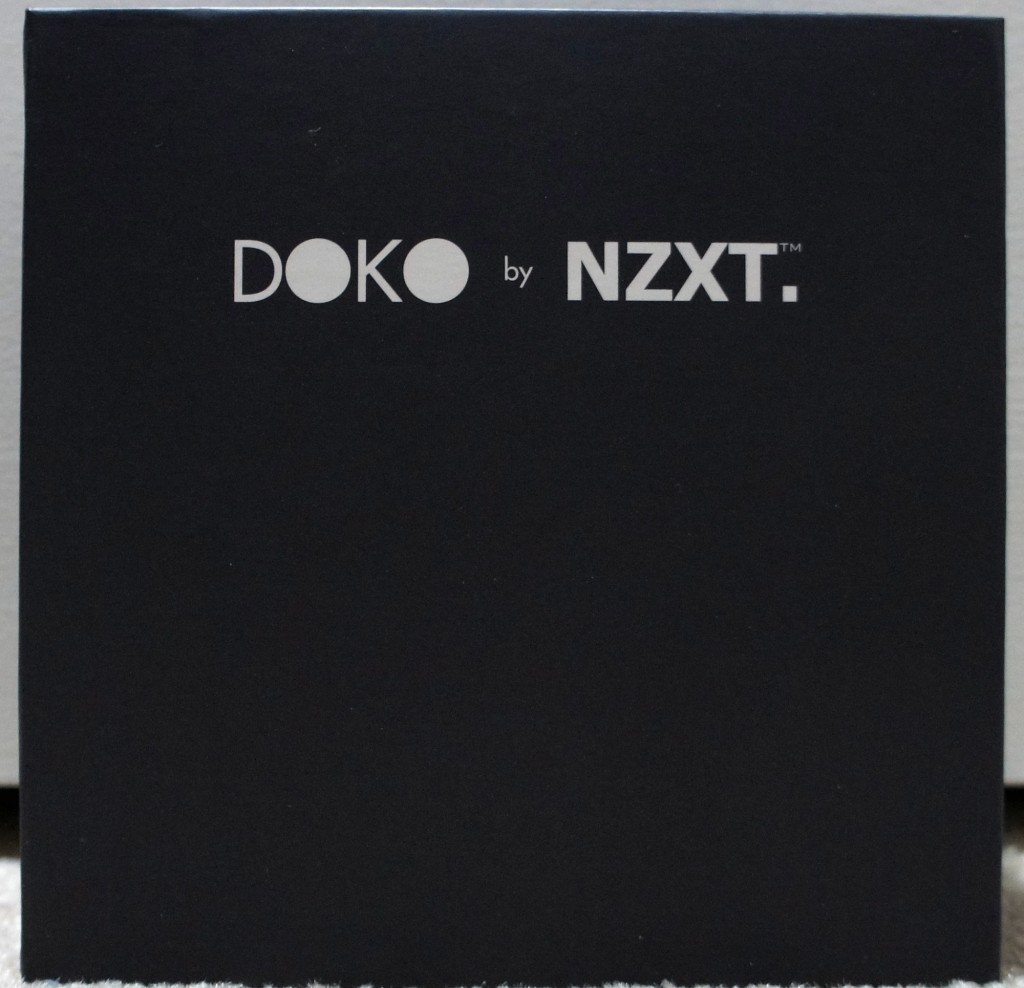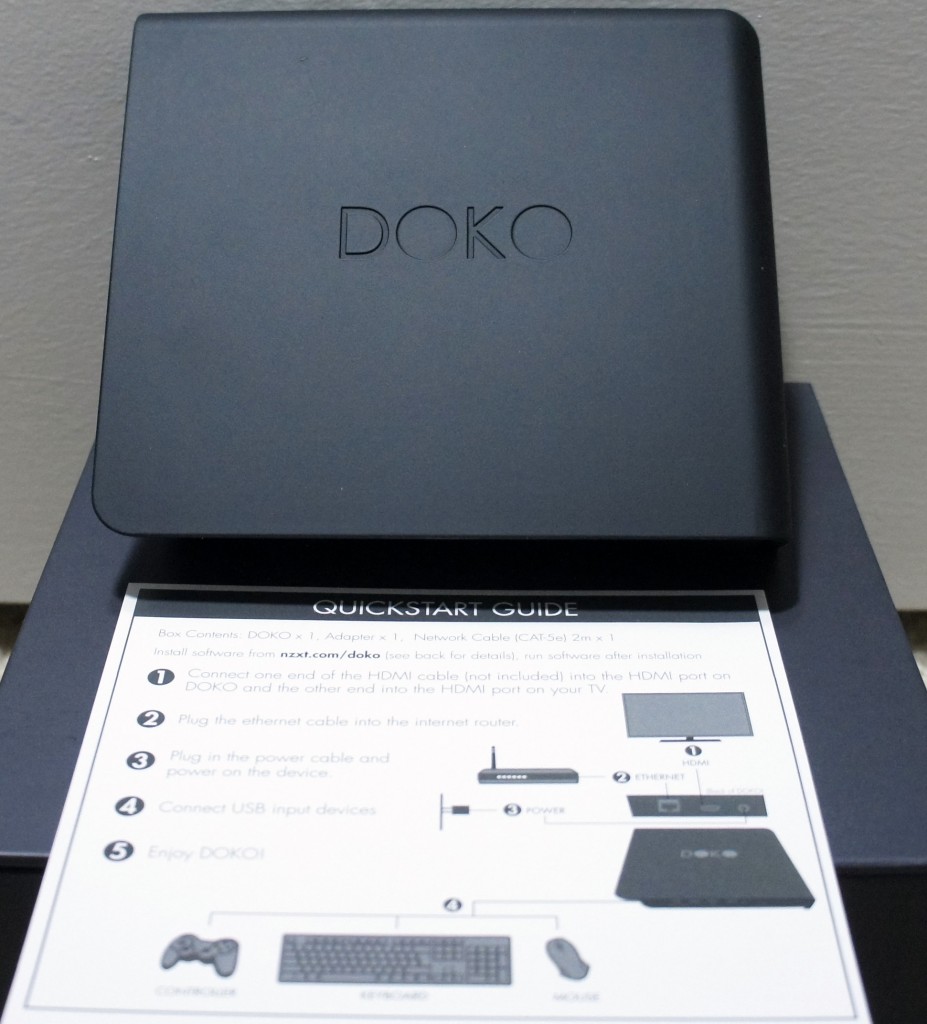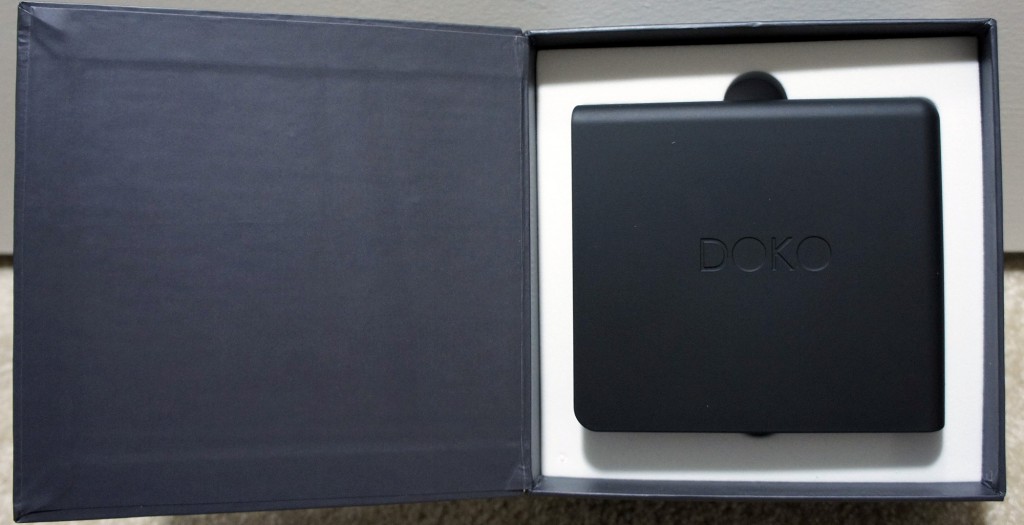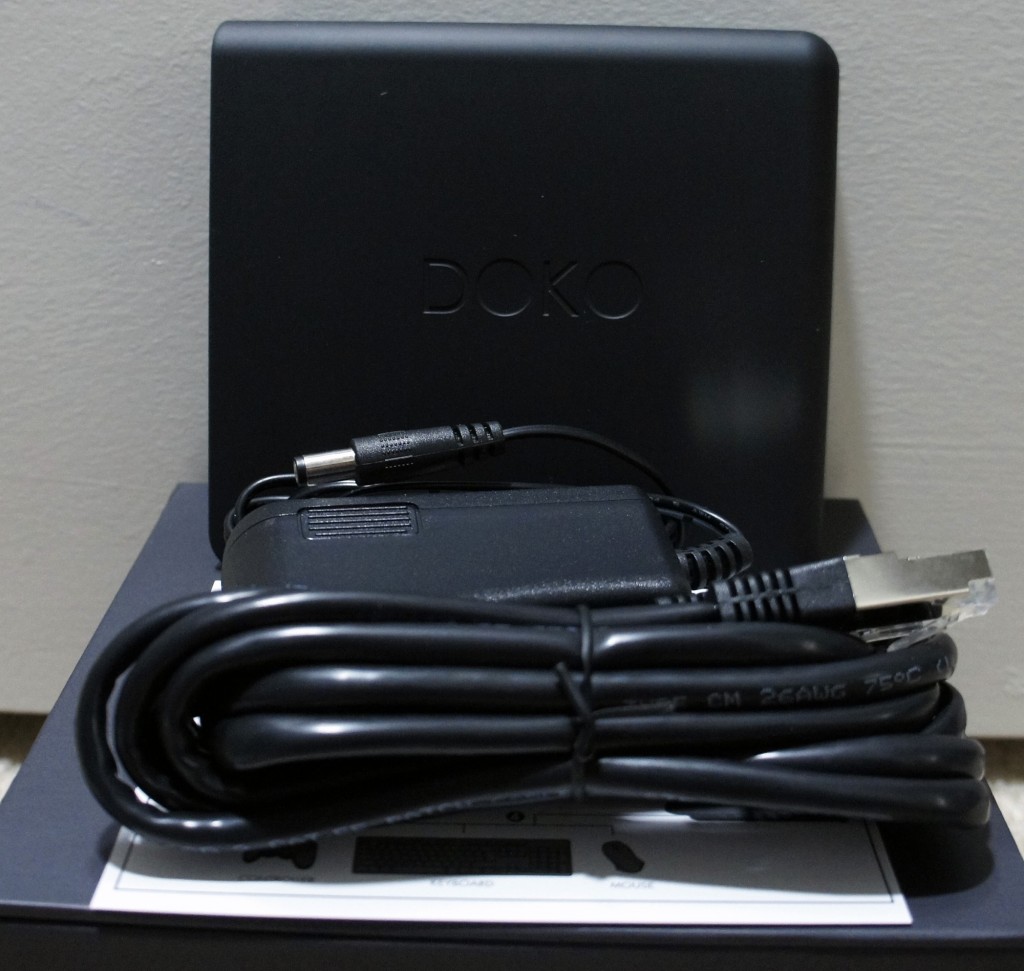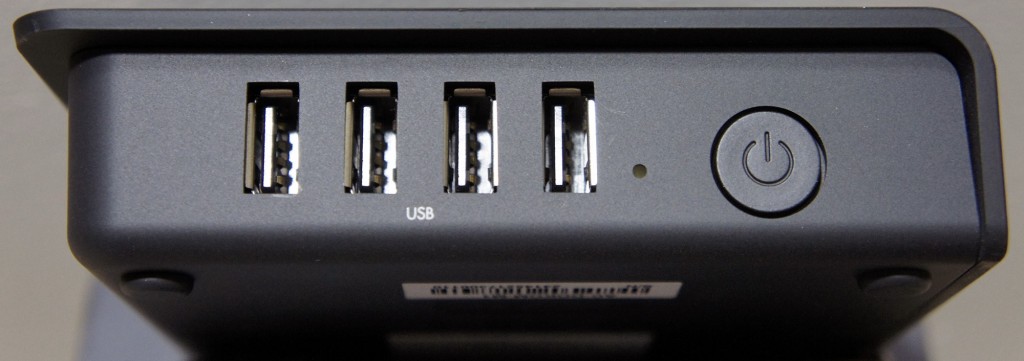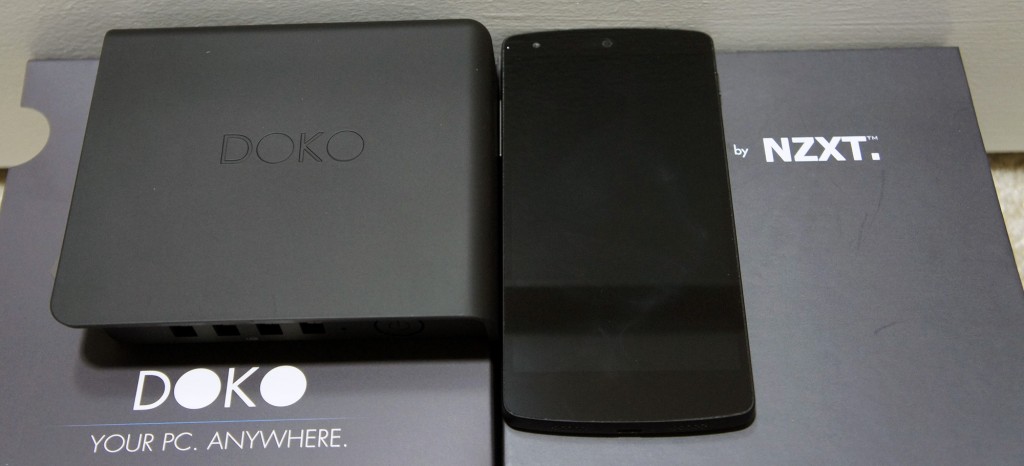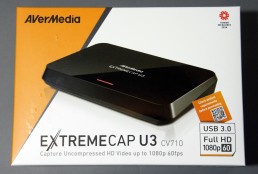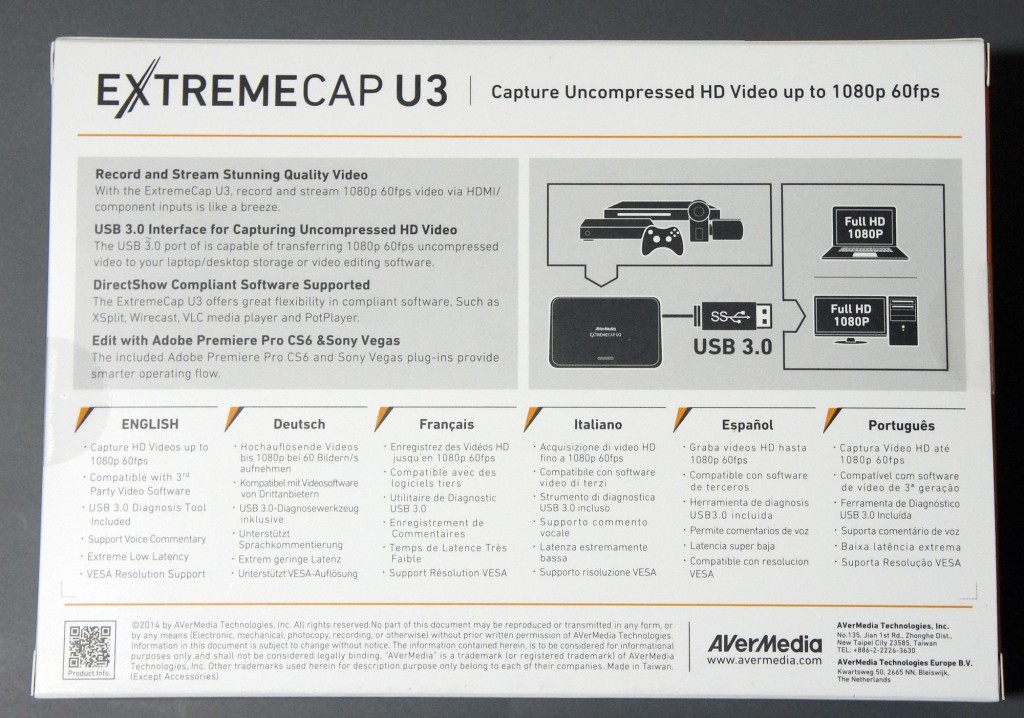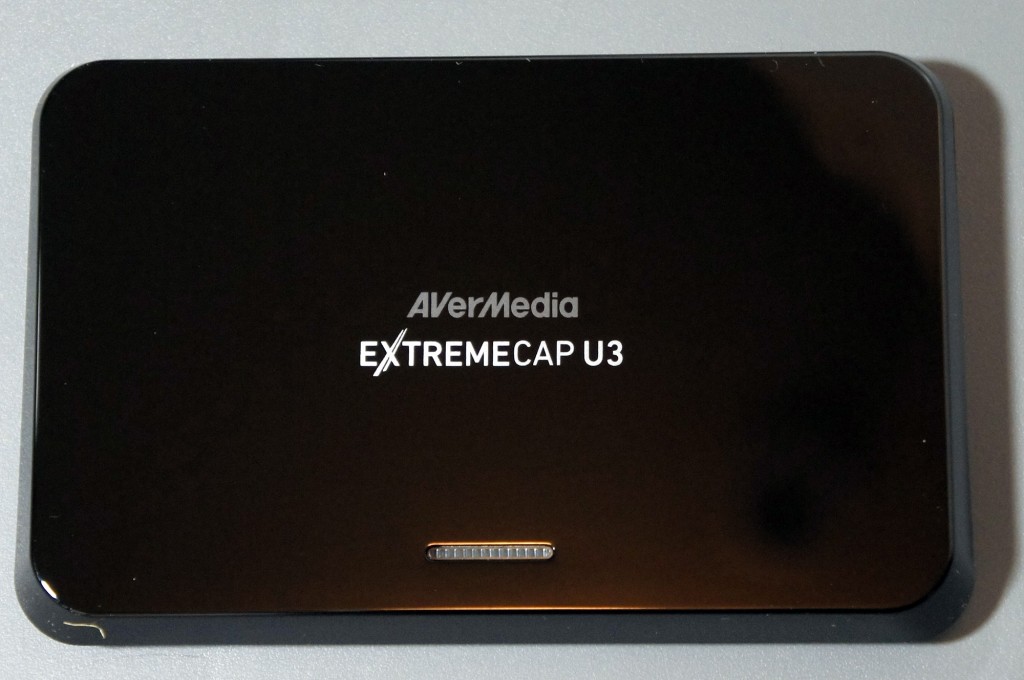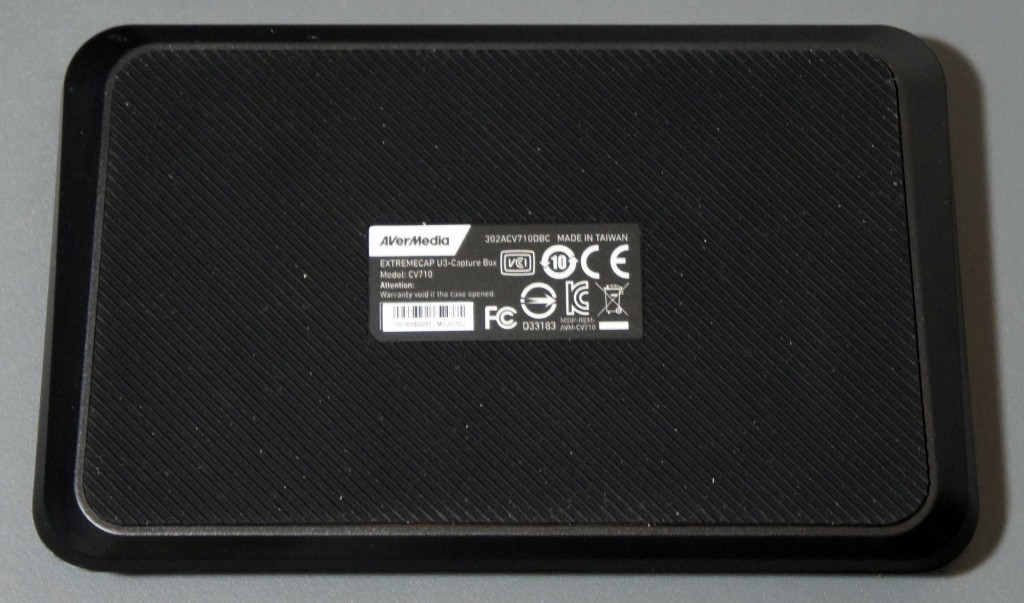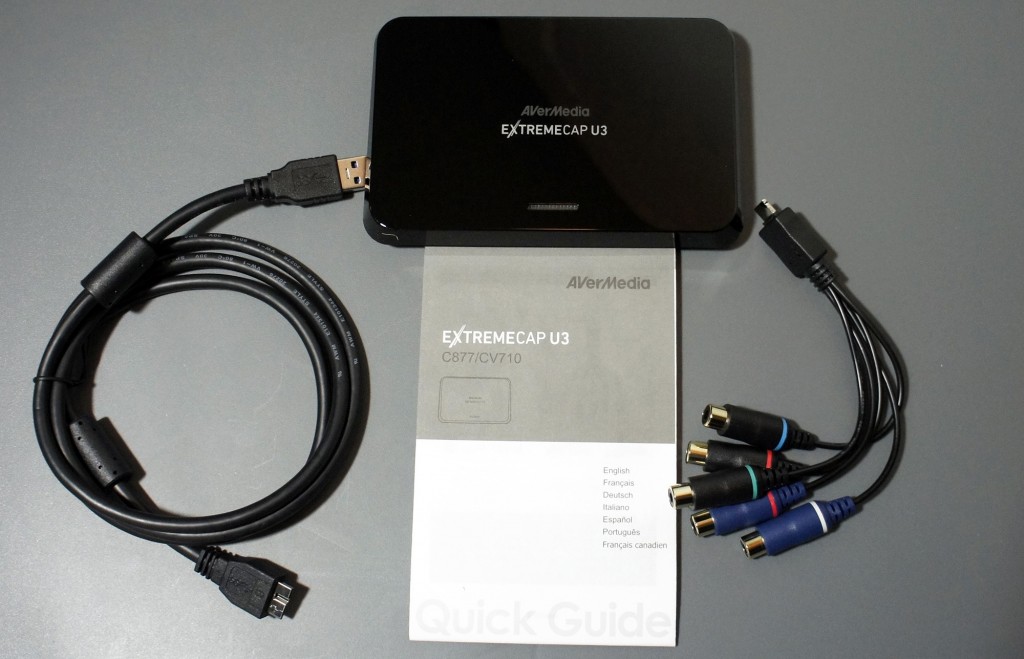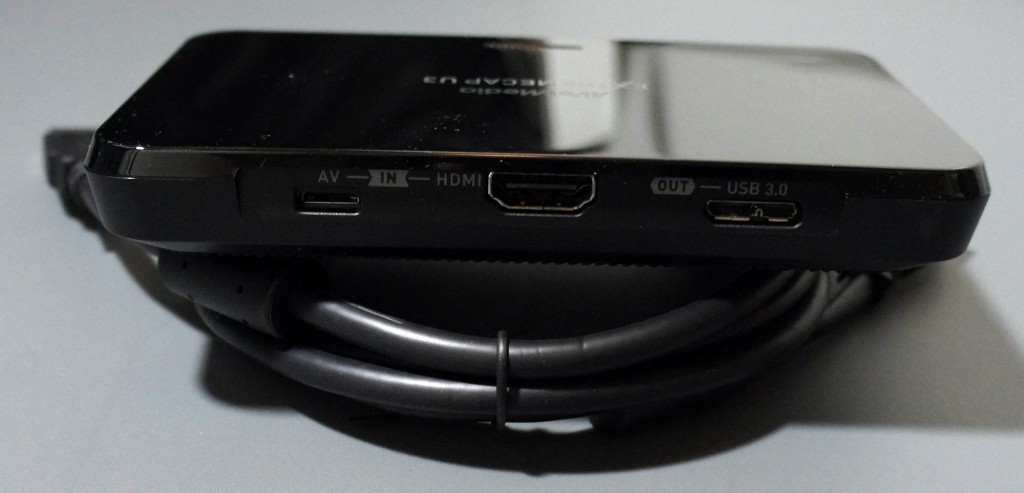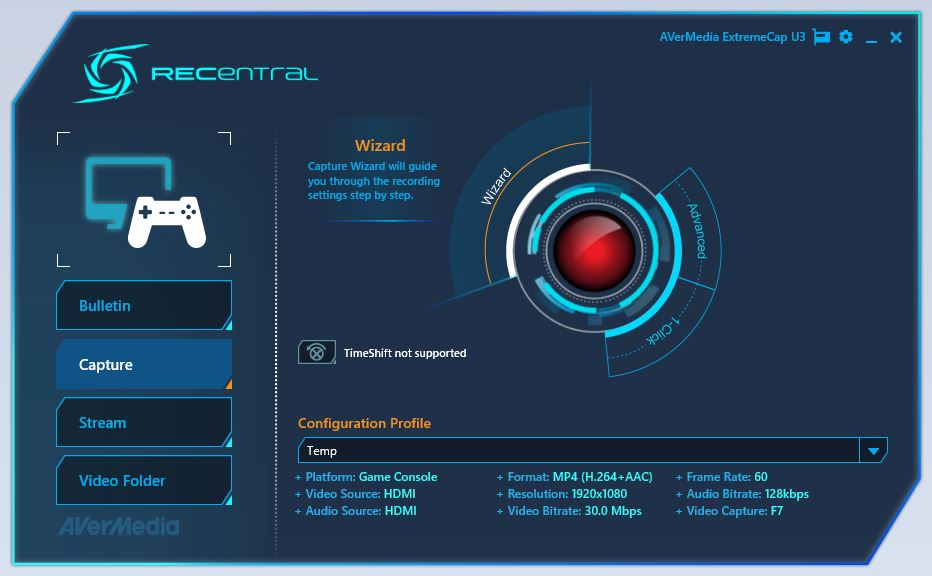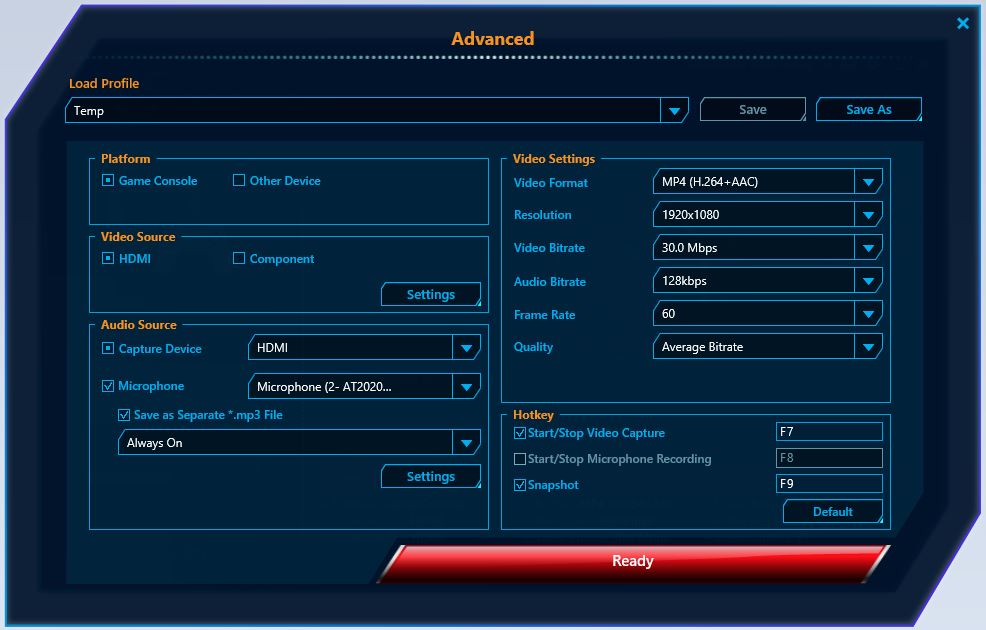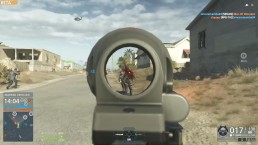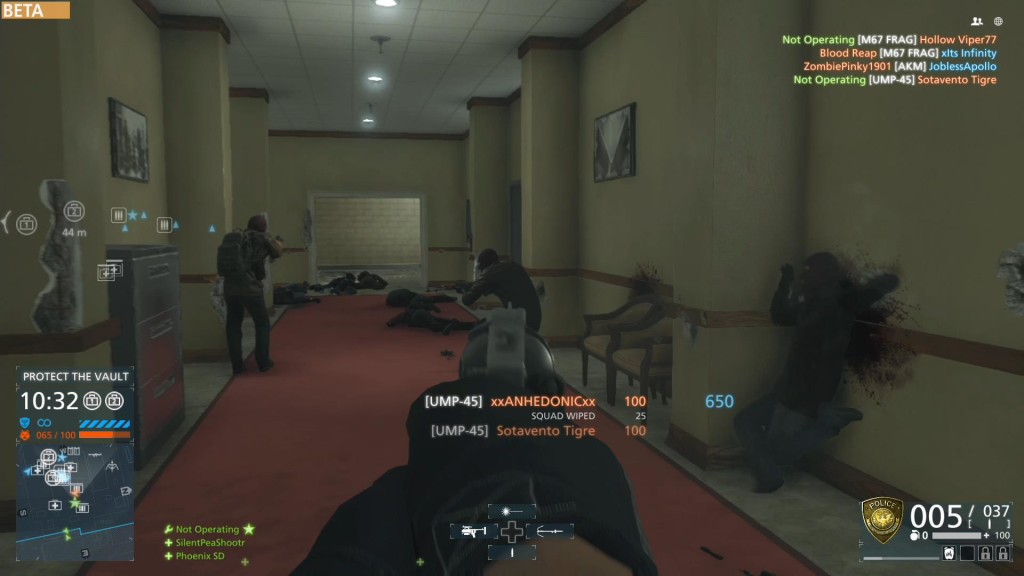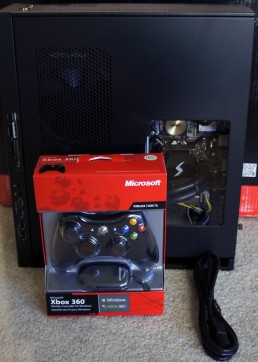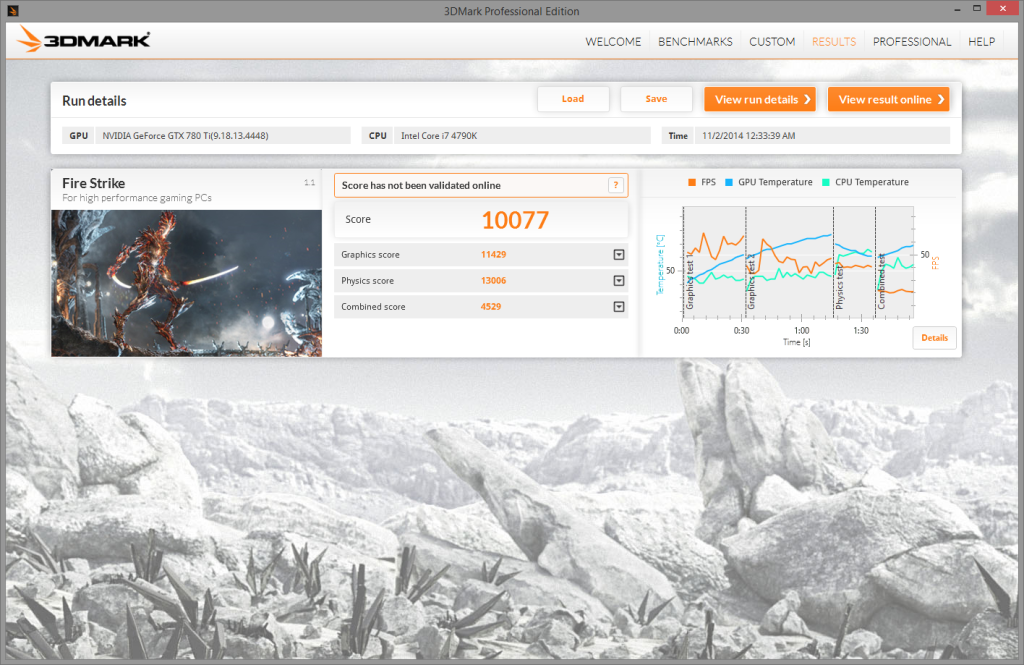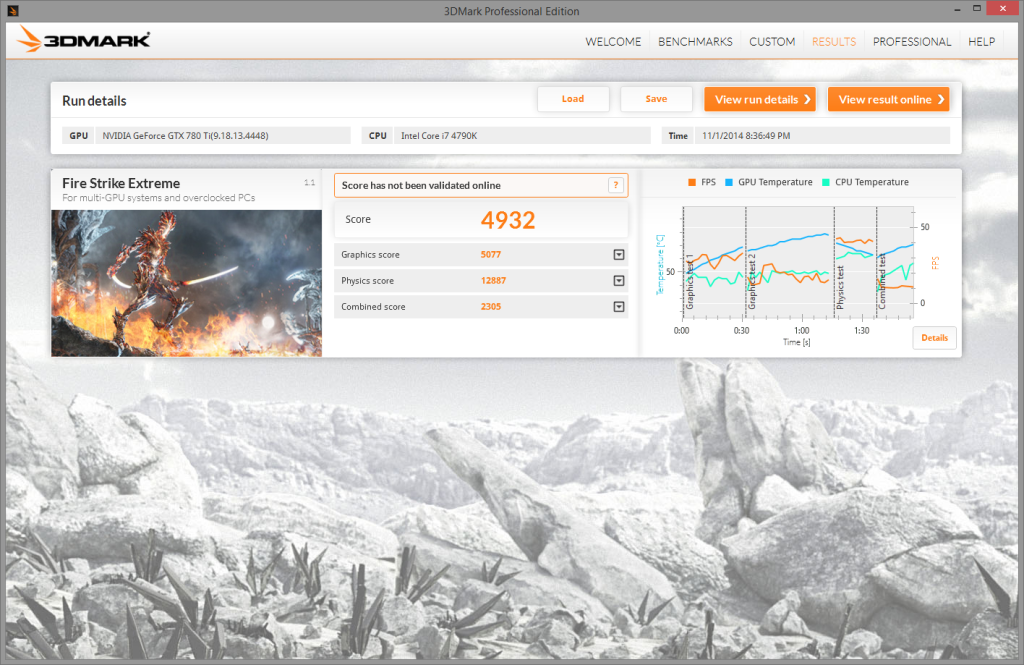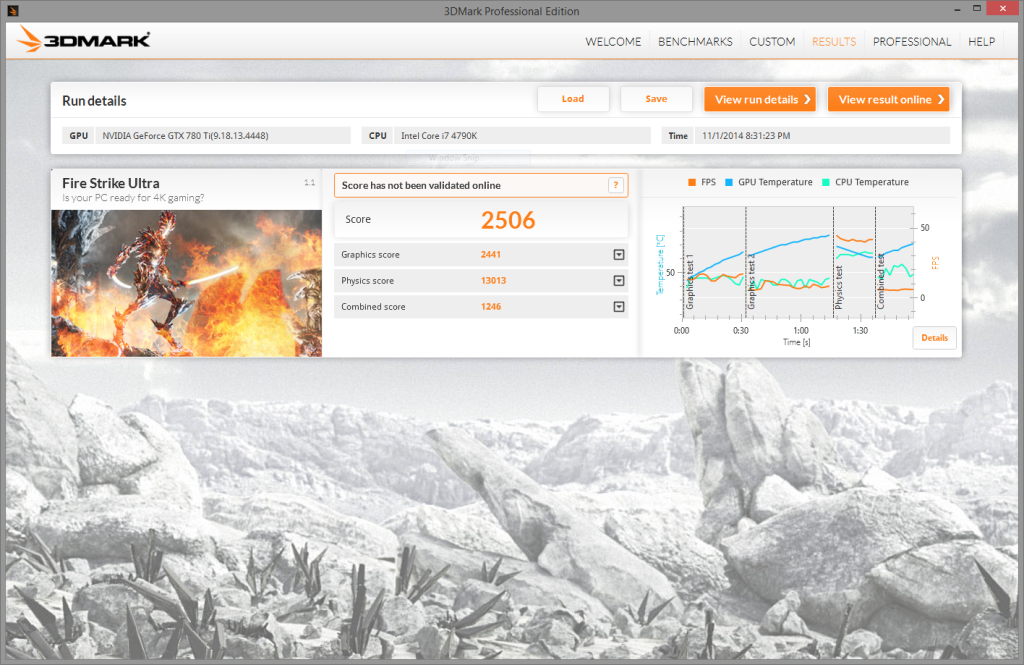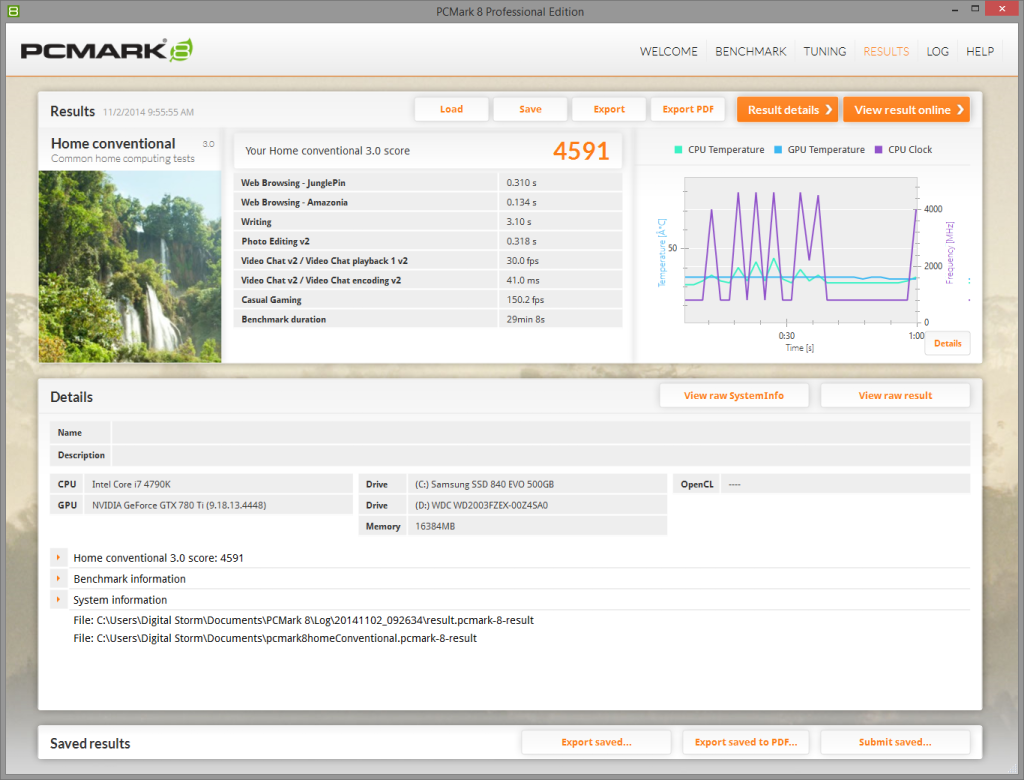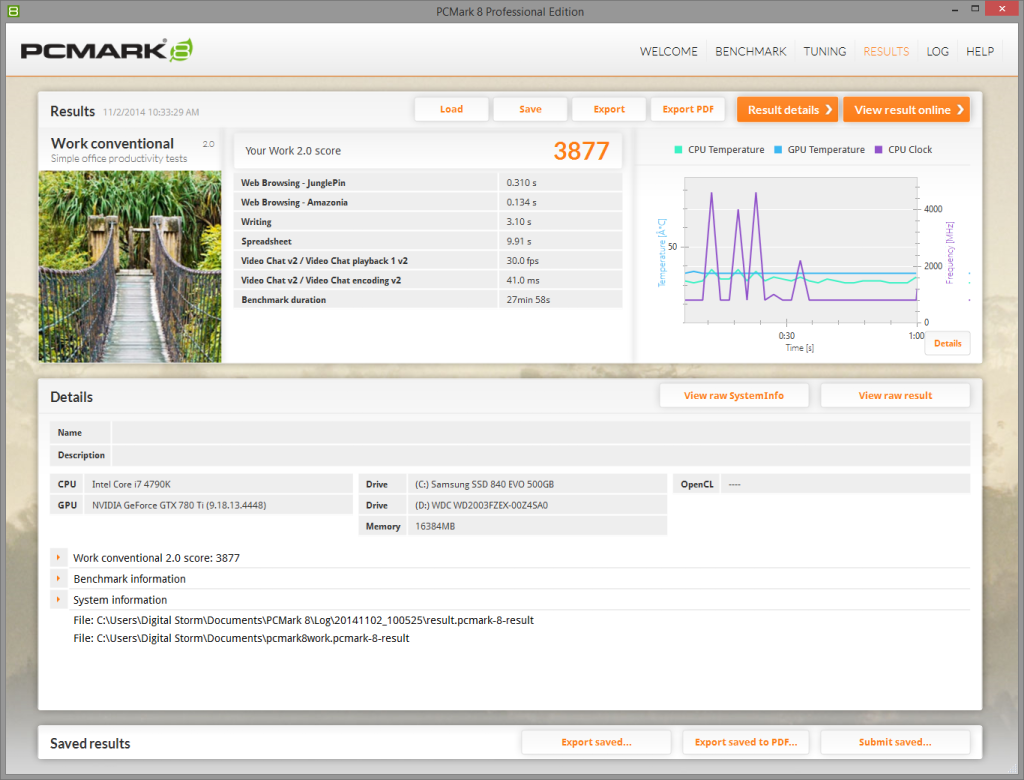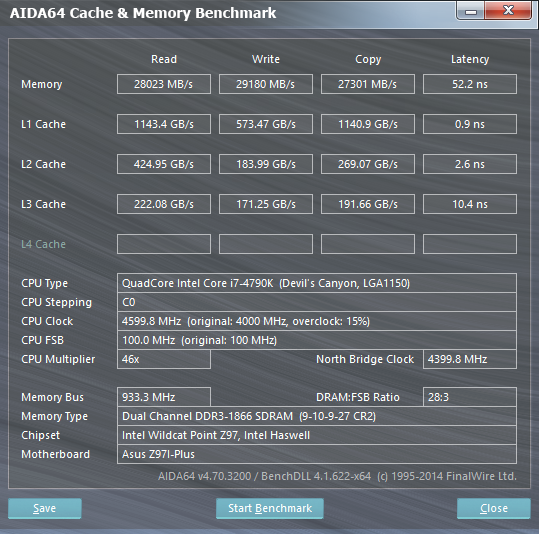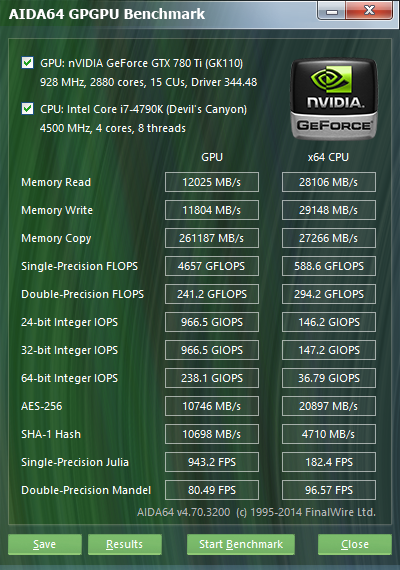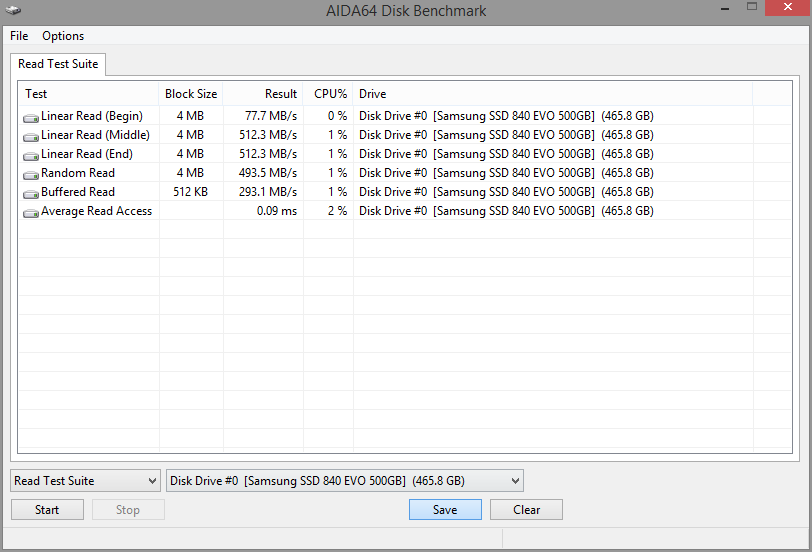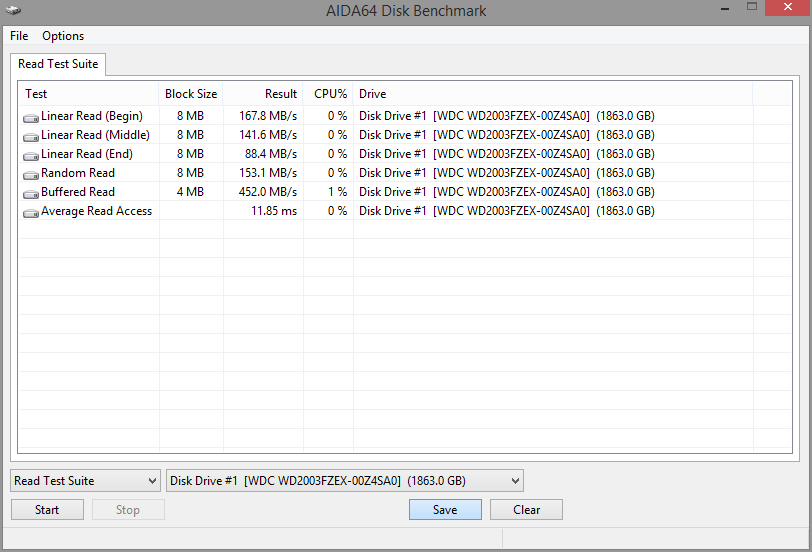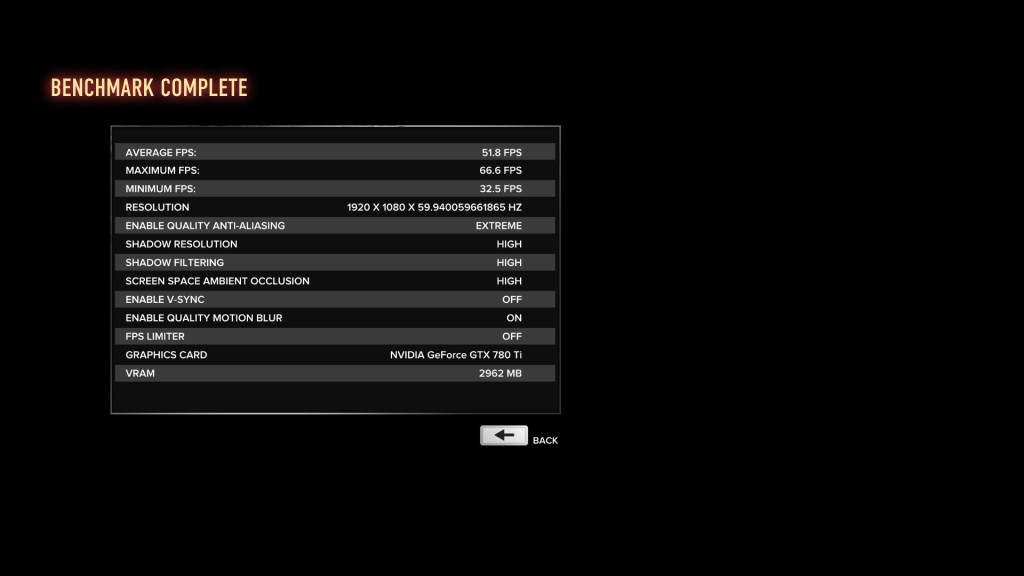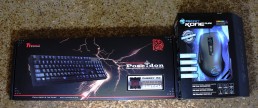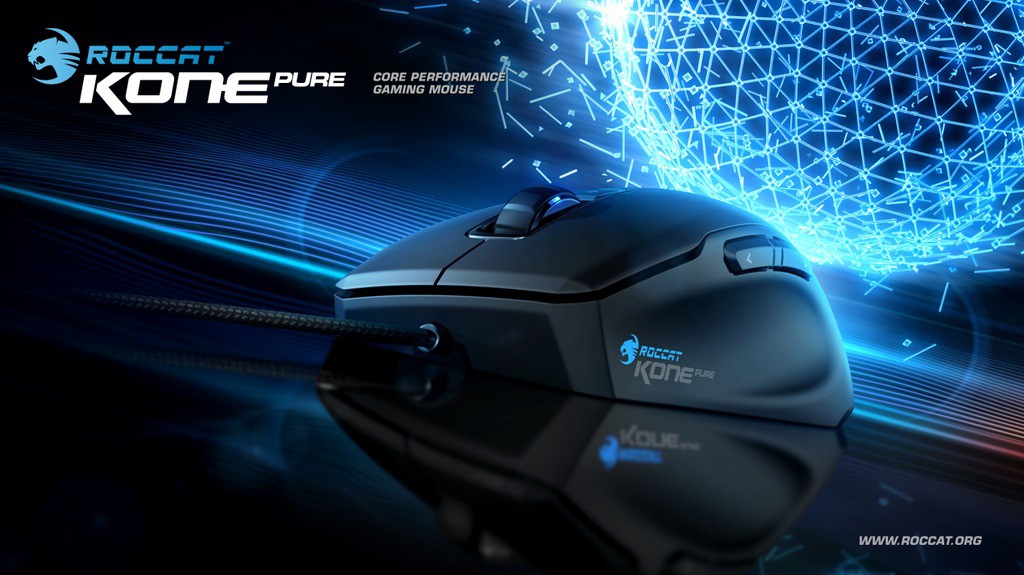Kilroy Joins the Army – Part IV – Basic Training (BCT)
My friend and fellow Not Operator author, Kilroy, said he was joining the US Army last year. We realized that his experiences would make for an interesting read, especially when there are so few online writings about what it is like, emotionally and physically, to experience modern basic training and beyond. He agreed to keep a journal of his time, and that we would publish it to Not Operator.
Kilroy tends to write his personal journals with pretty purple prose, so with his permission, I’ll be editing and paraphrasing his journal a bit to make it an easier read, with the help of my other friend and fellow Not Operator author, Michael. I’ll also be adding comments of my own in bold brackets [like this] to provide some extra context when necessary. If there’s large enough demand for it, we will post the full, unedited, version of Kilroy’s journal. To avoid making Kilroy’s experiences one giant wall-o-text, the journal will be broken up into an ongoing series of articles where it makes sense to do so. Plus, with Kilroy still in the Army, the journal is far from complete.
All entries in the Kilroy Joins the Army Series can be found here.
Without further ado, welcome to Kilroy Joins the Army – Part IV – Basic Training (BCT).
Day 11:
The dawn of a new day is soon approaching, but I'm awake long before it around 0400 [4:00 AM]. We’ve barely just woken up and they already have us jumping and running in cold wet grass. Afterwards, we have mealtime at 0700 [7:00 AM] in the same prison-like atmosphere as always, before going back out for more running and pushups. The post-breakfast workout consists of walking out of the DFAC, doing 25 pushups, sprinting to a shed, then a drill pad, followed by another 25 pushups and situps.
Many of us are getting sick. The symptoms include but are not limited to cough, sore throat, general malaise, and a variety of other things that you’re likely to get when being constantly exposed to 50 other people 24/7. I'm attempting to prevent getting sick by taking a dose of vitamin C with every meal, but my efforts are being hampered by the near constant exercise and lack of rest. My immune system feels noticeably compromised.
If I haven't mentioned it before, we're not allowed to simply walk places – everywhere we go is either done in formation marching or running. We are also never supposed to be left unattended; we’re required to have a “battle buddy” with us at all times, even for the simplest things (including going to the bathroom). Even if you want to have a private conversation with the chaplain, you can’t do so without a buddy nearby.
Today's agenda has actually been quite sparse. We haven’t had anything aside from running, eating, and classroom presentations concerning ear protection and land navigation.
We got ear plugs during the first presentation. The second presentation was frustrating to sit through, as many people couldn’t seem to comprehend even the most basic aspects of land navigation, including how to read maps or how to use a compass.
As a team, we're having teething problems regarding leadership and teamwork. Victory Tower awaits us tomorrow and that activity will make or break us. [To quote Wikipedia, “Victory Tower is an exercise where recruits must navigate through several obstacles at extreme heights, including climbing and traversing rope ladders and bridges. They must then rappel down a 50-foot wall (back-first, with rope harness). In the Teamwork Development Course, squads must negotiate a series of obstacles, with emphasis on working as a team rather than as individuals.”]
Day 12:
Today is Victory Tower, and it’s hotter than hell – it feels like my brain is cooking. As dawn broke, the temperature already had entered Heat Category V [Temperature of > 90°F].
The individual trials weren't difficult; they were comprised mostly of fairly basic rope and wall climbing activities. However, one member of my platoon tore both of her ACLs doing the practice (miniature) rope swing on the ground floor. The goal was to just swing from one side to another, but she landed wrong on both knees and was told to do it over and over until she got it right, despite consistently landing on her knees. After about 4 or 5 times she was told to proceed to the next station only to find out she couldn’t stand up anymore. She was then removed from training. [Kilroy ended up running into her again later, so he expands on her story later in the series].
Afterwards, someone manage to screw everything up by telling off the First Sergeant. He had been asked to do something and told the First Sergeant to “fuck off”, not realizing or caring who he was.
We still haven't gotten it together as a team yet. Morale is slipping, and people have been letting their tempers get the best of them, rushing to anger and instigating all sorts of petty arguments.
As bay boss, I've learned it’s best to just solve our issues with a series of unpopular but necessary decisions. People always seem to take it personally when you assign them a task, and I started out trying to take people’s concerns into account. I no longer have that luxury, and I’m sick of dealing with it anyways.
We still haven’t been given the opportunity to do laundry, so none of us have access to clean clothing. There simply hasn’t been enough time to be able to do laundry, and we’ve run out of new clothes as well. Though even straight out of the packaging, the new clothes start out with their own weird smell.
Unfortunately, I'm more often than not simply regretting my decision to be here and it hasn’t even been a full week of BCT yet. To top it off, I've picked up some kind of rash on the inside of my elbows from doing PT [physical training] in the grass.
However, the actual time to reflect on the misery is nonexistent since we are constantly rushed from task to task. The actual knowledge they expect of us to retain is basic, but they expect it to be memorized and repeated verbatim with no exception.
Soon we'll be losing one of our own to a medical discharge, the one who fell in the shower and concussed himself. He’s been back with us since the accident, following us around with a ‘non-trainer’ status, meaning he’s not allowed to participate, though that hardly matters since he’ll be discharged soon anyways. I've noticed symptoms he’s experienced since the accident, which include confabulated memories, some general confusion, and a loss of visual acuity in the right eye.
Basic training feels like Kabuki Theater. Everything feels scripted, not real, causing a mental disconnect. You do things because you’re told, and have no independent thought of your own. You know everyone around you is an individual with their own personality, but they’re required to adapt to the demands of BCT. Even the Drill Sergeants have to shed their personalities and take on a ‘Drill Sergeant persona’ for the sake of maintaining the act.
Day 13:
Morale is at an all-time low. At least today we finally got to do laundry, though the sacred personal time we were promised passed by far too quickly.
An incident turned the previously good mood of our group into misery in short order.
My job as bay boss is all downside. I have no real power to actually decide anything beyond who gets to do what, but my unit seems to blame me personally for assigning them tasks, despite the fact that they’d be assigned either way.
I miss having time to myself to just think. I miss writing; this journal isn’t enough. I miss the sound of my typewriter. I miss tea. I miss quiet. Granted, I knew I’d have none of those things when I volunteered for this, but it doesn’t make it any more enjoyable.
Our two Drill Sergeants are enlisted men to the core; they would probably bleed red, white, and blue if you cut them. My point is just that I can tell they are really here trying to help us. I also like that out of all the available Drill Sergeants, ours are the most straightforward with us and the least unnecessarily loud, especially compared to those assigned to other platoons.
Day 14:
We were issued our rifles today. My M16A2 has a lot of play between the upper and lower. We haven't been asked to name our rifles, which I’m perfectly happy with.
Time is beyond a luxury for us, and today we had none to ourselves, it was spent doing a ton of things with no breaks at all. In truth, this day went by so fast I had no time to actively document it. Consequently, my day was filled with shouted instructions and a haze of lost hours and military jargon.
Day 15:
My time here has left me with a distaste for military things as my mind appears to have fixated on just the negative aspects of being in the military. My feelings of regret have peaked, and I’ve been dreaming about life after the military – the freedom to do what I enjoy, like quiet mornings and time alone to think and drink tea [Kilroy really loves tea].
I would love to have just one morning to myself again, without all the hustle and bustle of the barracks. Being up at 0400, in the dark, to make beds under the light of a dim red light lens is aggravating, but I'm already well past my mental burnout point. [For reference, the light Kilroy refers to is the flashlight they’re given, a Fulton MX991/U Flashlight with a red light filter].
Today has been filled with classes again, all of which take place in a dimly lit room that puts us all to sleep. The strangest part of my experience in BCT is that none of the rooms on the base have any clocks. Our sense of time relies on the feeling of our schedule.
Despite all the promises we were given and told were guaranteed, we have yet to have a large enough chunk of real, usable time to ourselves to decompress and prepare for bed at the end of the day. According to TR 360-6 [TRADOC, US Army Training and Doctrine] we are required to have an hour of personal time at the end of each day. Even when provided with the hour, 15-30 minutes of it are killed by a formation just prior to lights out.
This ends Kilroy Joins the Army – Part IV – Basic Training (BCT). Next time we’ll pick up where we left off, as Kilroy continues with Army Basic Training. Stay tuned for Kilroy Joins the Army – Part V – Basic Training (BCT).
Kilroy Joins the Army – Part III – Basic Training (BCT)
My friend and fellow Not Operator author, Kilroy, said he was joining the US Army last year. We realized that his experiences would make for an interesting read, especially when there are so few online writings about what it is like, emotionally and physically, to experience modern basic training and beyond. He agreed to keep a journal of his time, and that we would publish it to Not Operator.
Kilroy tends to write his personal journals with pretty purple prose, so with his permission, I’ll be editing and paraphrasing his journal a bit to make it an easier read, with the help of my other friend and fellow Not Operator author, Michael. I’ll also be adding comments of my own in bold brackets [like this] to provide some extra context when necessary. If there’s large enough demand for it, we will post the full, unedited, version of Kilroy’s journal. To avoid making Kilroy’s experiences one giant wall-o-text, the journal will be broken up into an ongoing series of articles where it makes sense to do so. Plus, with Kilroy still in the Army, the journal is far from complete.
All entries in the Kilroy Joins the Army Series can be found here.
Without further ado, welcome to Kilroy Joins the Army – Part III – Basic Training (BCT).
Day 7:
[It’s still Day 7, Kilroy shipped out around midday on Day 7 and arrived at BCT (Basic Combat Training) in the early afternoon].
As soon as we arrived, we were met with a shark attack. [The Drill Sergeants rush the new recruits and start yelling at them and issuing commands/orders. You can see a video of it here]. It was not as bad as it could have been, just some running and speeches that served to get us into position.
I was assigned a leadership role for the platoon as bay boss – in charge of getting everyone together and in order, as well as assigning various tasks to members of my platoon. Sadly, I was set up to fail, as we were told ‘lights out’ as soon as I was given the assignment. Many of the men were unable to make their beds – since no one can see in this darkness.
Fortunately, I was assigned an assistant; another Specialist like me. He has a bachelor’s degree in math and a master’s degree in finance math. I find it odd that he chose to join up, but to each their own I suppose. He seems to have realized the same thing I did, and has simply given up on the whole affair, opting to sleep since we can’t finish our tasks for the night.
I’ve decided to go ahead and try and get the assignments done anyways, since I don’t want to incur the wrath of our Drill Sergeants. I envy his sleep though. In the past week I have not been able to sleep more than 6 hours at any given time – the average has been 4 hours, and I think we can all feel what it is doing to us.
My sense of regret flared up again today, wondering exactly what it was that made me sign up for this. I still have that nagging feeling that I should just quit, go home, and write. I miss the comforts of home and life in the 21st century. I also desperately need clean clothing. We've been cycling through the same dirty uniforms and underwear for the past week, and there’s been no sign we’ll be given the opportunity to do laundry anytime soon – I see why other accounts of BCT made such a huge deal about clean clothes.
Day 8:
I don't remember what it feels like to be well-rested. There's never enough time, and the completely arbitrary nature of the duties and tasks they assign us wears heavily on the group’s morale. As the day progresses, I’ve started to fall asleep on my feet.
Thankfully, the particular Drill Sergeant who leads us now is a bit calmer than those assigned to other platoons. At least today we’re getting some classroom instruction, so that we have something moderately worthwhile to do most of the time.
My experience in the Army so far seems to be particularly miserable. Meals have changed from occurring in a chaotic and aggressively overbearing environment, into a more prisonlike environment. They have specific rules about how we are meant to hold the trays, how we need to walk to acquire food, how many drinks we can have, how we drink our drinks, and have even limited the time we get to eat down to next to nothing. [The Army requires the Drill Sergeants to allow the recruits a minimum of 10 minutes to eat, so of course the Drill Sergeants don’t allow them more than 10 minutes]. It occurs to me that I haven't enjoyed a meal since I left home.
Earlier this afternoon, I was hanging out in the bay, and someone walked out to tell us that one of our fellow recruits (I’ll call him X) had just fallen down in the shower. I was shocked, considering everyone here signed up for the Army, which relies almost exclusively on reflexive action, that no one had already tried to help him.
I yelled at someone to call a Drill Sergeant immediately, and then ran into the showers. I found X there, holding his head and wearing nothing but a towel. One of the other recruits was crowding around him but not really doing anything, so I told him to clear out.
I got X to lie down to make his spine level and get it in line. I then did some basic first aid and started asking him questions to determine his mental state. Unfortunately. he was clearly concussed. X thought we were still in Reception, and couldn’t remember how many siblings he had.
One of the Drill Sergeants arrived soon after, asking me if I was an EMT. I said I wasn’t, but I knew some basic first aid, and that X had clearly sustained a concussion. The Drill Sergeant called the actual EMTs and they took him away almost immediately.
It’s sad to see someone go like that, especially this early on and not even related to our training. I hope he’s ok.
[Since Kilroy doesn’t address this later on in his journal, I figured I could cover it. Sadly, X sustained a pretty severe concussion and was chaptered out of the Army. Chaptering is another way of saying he’s ‘been let go’, but can occur for a variety of reasons such as illness, physical injury, getting in major trouble, or simply quitting, etc. As a result of the concussion, he also lost partial vision in one of his eyes. Last I heard from Kilroy, he was doing ok though].
Day 9:
They had us do the 1 -1 -1 test today. [The 1-1-1 test involves 1 minute of pushups, 1 minute of sit-ups, and a 1 mile run. You are required to complete a certain number (based on your age) of pushups and sit-ups within a minute, as well as required to run the mile under a certain time (also based on your age) in order to pass]. Thankfully, I was able to get enough sleep last night to keep me going and participating during the test.
The day has been filled with mostly classroom activities. They’ve covered the history of the Army as well as the sexual harassment and prejudice prevention programs. We were also given a brief from the chaplain.
Morale seems stable in the platoon as we learn more about marching and military manners. [Military manners refer to how to act around other soldiers, such as standing at attention when officers are present, or standing at parade rest when NCOs (non-commissioned officers) are present]. The military manners bother me since it’s mostly a huge inconvenience and you always have to be on the lookout for officers and NCOs.
The little annoyances build up, and hopefully won’t end up piling up enough to cause me to reach my breaking point. Others have promised that after today, we should be getting more rest at least. However, my body is really starting to adjust to the abbreviated sleep schedule to an extent. Sometimes, waves of extreme fatigue flow over me and the struggle to keep my eyes open is a war in and of itself. Other times I feel wide awake without any issue.
As has been occurring lately, I’m still having some feelings of regret and a desire to get back to writing. Also, all the motivational and supposedly inspirational speeches our Drill Instructor gives us does nothing to improve my morale or motivation, it’s just not in my personality.
I’m also concerned about improving physically. The way our exercise is structured allows for very limited improvement; the lack of recovery time is definitely a factor. I'm nervous about passing the running portion of the physical fitness testing as I’ve never been particularly quick in distance running.
The benefit of experiencing military training is to see what it’s really like – though the military culture and lifestyle is really draining. The rules are obviously different than in civilian life, and the option of leaving is gone. A regular job doesn’t take over your life the same way.
The life you live under UCMJ [Uniform Code of Military Justice] and the rules of random military customs makes it feel more like volunteering for prison than having a job. Then again – nobody said this would be fun. I feel like I've disabled parts of my personality to be here – I don't enjoy anything and I don't have anything to enjoy. I suppose that’s sort of the Army’s philosophy though – turn your brain off, Uncle Sam thinks for you.
Also, for some reason the Army appears to have a Hollywood budget for their PSA videos. [Kilroy was referring to this video which they showed them during their classroom time].
Day 10:
For some odd reason, all of the dreams I've had since passing through Reception have had end credit sequences. The latest dream ended while set on a theater stage with red curtains, while a marionette danced next to the card where credits were rolling.
I found out today that I failed the 1-1-1 test’s running portion. [Kilroy finished in 9 min 10 sec but based on his age was required to finish in 8 min 30 sec to pass]. I have to do better than ever to stay in this, or more accurately – I need to do better to prevent being recycled and restarted back to day zero, which is what happens if you fail.
Last night I lost more sleep than usual, since a couple of us were woken up for 2 hours in the middle of the night to clean a bathroom during CQ shift [Charge of Quarters]. I've transitioned to a state of micro-sleep in the day where I nod off for a brief moment of REM before snapping back awake again.
The Army's classroom portions are done almost entirely as PowerPoint presentations – something that seems to be a symptom of trying to teach to the lowest common denominator, with a crowd comprised primarily of people just out of high school. Sadly, we're only halfway through the day and I'm passing out.
Also, turns out the Army doesn’t just use Federal Prison Industries, Inc. as a contractor for their supplies. The contractor for miscellaneous items appears to be Skilcraft [National Industries for the Blind] – they make all our pens, clipboards, jackets, and other various things.
This ends Kilroy Joins the Army – Part III – Basic Training (BCT). next time we’ll pick up where we left off, as Kilroy continues with Army Basic Training. Stay tuned for Kilroy Joins the Army – Part IV – Basic Training (BCT).
Kilroy Joins the Army – Part II – Reception
My friend and fellow Not Operator author, Kilroy, said he was joining the US Army last year. We realized that his experiences would make for an interesting read, especially when there are so few online writings about what it is like, emotionally and physically, to experience modern basic training and beyond. He agreed to keep a journal of his time, and that we would publish it to Not Operator.
Kilroy tends to write his personal journals with pretty purple prose, so with his permission, I’ll be editing and paraphrasing his journal a bit to make it an easier read, with the help of my other friend and fellow Not Operator author, Michael. I’ll also be adding comments of my own in bold brackets [like this] to provide some extra context when necessary. If there’s large enough demand for it, we will post the full, unedited, version of Kilroy’s journal. To avoid making Kilroy’s experiences one giant wall-o-text, the journal will be broken up into an ongoing series of articles where it makes sense to do so. Plus, with Kilroy still in the Army, the journal is far from complete.
All entries in the Kilroy Joins the Army Series can be found here.
Without further ado, welcome to Kilroy Joins the Army – Part II – Reception.
Day 4:
It’s been four days that have felt like a month, I’m still not in Basic Training, and I have no clue when I’ll finally finish processing. The worst part is that it feels like nothing is getting done and there’s no sense of progress at all.
Our days start in the dark at 3:00 AM. We are expected to arrive at our positions 15 minutes before we’re actually supposed to be there. The lack of sleep is both miserable and pointless, since we’re being woken up to do next to nothing all day.
The oppressive heat, verbal abuse from the Reception staff, and unclear instructions are manageable, but the fear that I’ll fail out by getting injured or sick due to something as silly as insufficient recovery time is the worst part. [Kilroy will eventually discover he was more right than he realized].
It’s almost impressive how much time is wasted here and how miserable they make the situation. The prospect of Basic Training seems that much more appealing just because it means I’ll no longer be in Reception. Although, if this is what I should expect in the Army, Basic Training will probably just be worse.
There’s a girl I recognize from when we landed at the airport in South Carolina. She’s joining the National Guard, and looked like she was 12 years old when I first saw her, bright and hopeful. After these handful of days in Reception, she looks broken and miserable now, just going through the motions.
Some people extoll the idea of military-issue or government-issue gear/supplies. I've since learned what that means. You're herded into a stuffy basement to get yelled at for no reason other than that the people have been working there for far too long. Whether or not the items they give you are a good fit depends on how nice the person working feels like being at the time.
The weather has been worsening with the heat rising to ‘condition black’ (Heat Category V) [Temperature of > 90°F]. However, the heat alone isn’t the issue. The humidity is really what’s taking a toll.
Also, I’m so used to feeling connected and knowing what’s going on in the world with the latest news always a few clicks away. Having an information blackout and internet disconnect is an odd and uncomfortable feeling. It certainly seems like I’m missing out on world events.
The drill sergeants seem to have an obsession with silence. Maybe they seem to think it’ll make the time pass more comfortably (for them, not us). The inability to even converse with the recruits around you is frustrating and incredibly boring.
They seem to expect us to become accustomed to and enjoy the silence, but it seems like a process that would be better accomplished by a firm, rather than draconian, hand. The fear of punishment looms heavily over anyone considering the possibility of breaking the silence. The Army calls this ‘soldierization’, but I question whether it’s really necessary.
It's not that we're not accomplishing very much, it’s that it takes so much time for us to just do nothing. I feel like the discipline they're trying to instill is merely subjugation in the guise of order.
Even during my short time here, it feels like I’m constantly exposed to Army propaganda designed to instill a certain way of thought that prioritizes predictability over efficiency. It really bothers me on an intrinsic level since I have the tendency to err on the side of individualism, especially when it comes to improving efficiency and effectiveness.
One of the sergeants reprimanded a new recruit by assigning him a 500 word essay, with the requirement that the essay extoll the necessity of discipline in the Army. Of course his essay was just regurgitating the propaganda we’ve been fed so far, mixed with some references to popular warrior culture. I'm a bit disappointed about the arbitrary nature of the punishment as well as the recruit’s decision to simply accept and do it.
I’m curious to see how everyone is doing by the end of this ordeal. I expect some people might be ready to quit after this experience, but who knows what motivations the variety of people here have for joining the military in the first place. At least in prison the prisoners are allowed personal time. In that sense, this is worse.
Apparently the DFAC is sponsored by Sunkist. Even the Gatorade-like drink at the “Sunkist Hydration Station” is labelled “Sunkist Lemon-Lime Sports Drink”.
The Reception area is poorly managed. Many of the bathrooms lack paper and soap, and many of the toilets are clogged. It’s very apparent that the Army prefers to maintain the area using the free labor of the incoming recruits. They made it clear to us that dropping out during Reception results in 6-8 weeks of free labor for the Army, because that’s how long it takes them to process the paperwork for the recruits that quit. In any case, relying on poorly motivated and exhausted new recruits for facilities maintenance results in dirty, dingy floors and questionable plumbing.
At least we're nearing the end of the processing tasks required, though we have a few days left on the clock before we make it to Basic Training. It can’t come soon enough.
Day 5:
Despite having been here in Reception for four days, we still haven’t finished processing. Now that it’s the weekend, no one in our group has any clue what’s going on. We were given an extra hour of sleep because there was a sudden rainstorm, and even the slight amount of extra sleep has improved morale. Other than taking inventory, no one is sure what they have planned for us today, but I’m hoping we’ll get some personal time to decompress.
Later on in the day they gave us our vaccinations. It was another impersonal and mechanical exercise of just herding people through. Three vaccinations in one arm two in the other, plus a pair of pills they were adamant about us not chewing. So far, all of our medical-related activities have been headed up by one sergeant who comes across as quite an asshole.
Day 6:
Finally, we’re one day away from shipping to Basic Training. The only remaining tasks are ship line arrangement and some more paperwork at the personnel department before we go.
Somehow, some people still haven’t caught on to the way things work around here. The females seem to appear to have catty attitudes and lack more discipline than their male counterparts, which leads to them getting in trouble more often than the male groups. In general though, most of the people here are quite young, and they’ve been worn down in Reception which has taken an obvious toll on their resolve.
Luckily, morale is higher since we were allowed to sleep a bit more and have some personal time over the weekend. However, we’re still under constant threat of arbitrary discipline. Today we were punished with random formation drills designed to waste our time. At least my platoon has started working together somewhat as a team to avoid upsetting the drill sergeants.
Day 7:
Our shipping out process began at night. Unfortunately, someone in the group already messed something up and got us all in trouble. Even though we’ve been here a short time, it’s painfully obvious which people will be the weak links in the chain.
This is the first time they’ve had us wearing our issued ACUs [Army Combat Uniforms]. However, the heat has been oppressive – reports claim Heat Category III [85-87 .9°F] – so they’ve already had us un-blouse and open our pants to compensate for it. The uniforms really don’t breathe well, and the boots I’ve been issued seem to be a poor fit. My pinky toes are taking the brunt of the abuse.
My fatigue isn't helped by the situation; for some reason this has been the most tired I have ever been.
We are set to ship later this afternoon. Our bags are all in line and we are awaiting our assignment as a nervous air settles in amongst the recruits.
This ends Kilroy Joins the Army – Part II – Reception, next time we’ll pick up where we left off, as Kilroy begins Army Basic Training. Stay tuned for Kilroy Joins the Army – Part III – Basic Training (BCT).
Review: Logitech K830 Illuminated Living Room Wireless Keyboard
Normally, I consider myself a mechanical keyboard purist. I scoff in pity and disgust at those poor souls who still use rubber dome or scissor switch (eww, gross) keyboards.
Unfortunately for me, mechanical keyboards tend to come in two flavors – gaming and enthusiast (aka: super utilitarian). This is great for desk use, which is where I tend to spend the vast majority of my day. However, for living room use, attaching my favorite mechanical keyboard to my DOKO or media PC using a 1000 foot USB extension cable feels a bit excessive and inconvenient.
Also, despite my best attempts, I have yet to become ‘that guy’ who only uses command line interfaces to do everything, so I still find the mouse to be a necessary PC peripheral. This also poses a problem for the living room, since the couch cushions make for a poor mouse pad, and attempting to use my girlfriend as a mouse pad results in several lectures delivered at painful decibel levels that suggest women are not objects for men to use. I’ve heard similar arguments in other situations, but I suppose women are also not mouse pads.
In any case, this brings me to the focus of this review, the Logitech K830 wireless living room keyboard. Despite not having mechanical key switches, I must admit it does its job very well.
The K830 has a well laid out keyboard and an integrated touchpad to the right of the keyboard (sorry lefties, looks like we forgot about you again). Although it uses the chiclet-style keys found on laptops, it doesn’t feel terrible to type on. If that’s a deal breaker for you, let’s be honest here it’s designed to be a living room keyboard. You should be doing your serious typing at a serious desk like a serious typist would.
Specifications:
- Width – 367 mm (or 14.4 inches)
- Height – 125.3 mm (or 4.9 inches)
- Depth – 16.5 mm (or 0.65 inches)
- Touchpad size – 80 x 52 mm (or 3.1 x 2.0 inches)
- Weight – 495 g (or 17.5 oz)
Setting up the K830 was very straightforward. The USB Bluetooth nub plugs into the computer, and the keyboard is ready to go. Logitech also includes a microUSB cable for charging the keyboard, and a USB extension cable that is supposed to be used to connect the Bluetooth dongle to the computer to extend its range, though it works just as well for extending the length of the microUSB cable.
The battery life, according to Logitech, is a full 10 days from just 3 hours of charging, based on a usage of 2 hours per day with the backlight at full brightness. In my experience with the K830, I’d say that sounds about right, though I did not use it religiously for 2 hours, 10 days in a row. In fact, most of the usage comprised of me turning on the keyboard, navigating to Netflix in the browser, starting a show/movie, and turning off the keyboard until I needed it again.
If I extrapolate based on Logitech’s math, using the keyboard for 10 minutes per day, as opposed to 120 minutes per day, means that I should get 120 days of battery life! For those of you who want to complain that their battery doesn’t last 120 days with 10 minutes of usage per day, please send all complaints to [email protected] (THANKS OBAMA).
The keyboard itself feels to be very high quality; nothing flimsy about it. It feels durable and solid, and not too plastic-y. The touchpad works as well as any decent laptop touchpad would, and includes two click buttons below it, as well as a right-click button positioned on the top left of the keyboard.
Tap-click was enabled by default on the touchpad, but it can be changed with a function-key combination. Since there’s no dedicated software suite for the keyboard, all the options are configurable using key combinations, and are explained in the manual.
There’s not much else to say about such a simple, yet useful, keyboard. It works as intended, and does so while retaining a high quality feel and solid battery life. Currently retailing around $92 it’s a bit pricey compared to some cheap off-brand wireless keyboard + mouse combination, but it really sets itself apart from the competition in terms of quality, battery life, and features (which include an internal rechargeable battery and the integrated touchpad).
Overall, I’d recommend the Logitech K830 to anyone looking for a wireless living room keyboard (which is why my dad now has one). However, to those of you thinking “that’d be a great keyboard/touchpad combo for my desktop/laptop”, get a nice mechanical keyboard and stop embarrassing yourselves.
Kilroy Joins the Army - Part I - Reception
My friend and fellow Not Operator author, Kilroy, said he was joining the US Army last year. We realized that his experiences would make for an interesting read, especially when there are so few online writings about what it is like, emotionally and physically, to experience modern basic training and beyond. He agreed to keep a journal of his time, and that we would publish it to Not Operator.
Kilroy tends to write his personal journals with pretty purple prose, so with his permission, I’ll be editing and paraphrasing his journal a bit to make it an easier read, with the help of my other friend and fellow Not Operator author, Michael. I’ll also be adding comments of my own in bold brackets [like this] to provide some extra context when necessary. If there’s large enough demand for it, we will post the full, unedited, version of Kilroy’s journal. To avoid making Kilroy’s experiences one giant wall-o-text, the journal will be broken up into an ongoing series of articles where it makes sense to do so. Plus, with Kilroy still in the Army, the journal is far from complete.
All entries in the Kilroy Joins the Army Series can be found here.
Without further ado, welcome to Kilroy Joins the Army – Part I – Reception.
Day 1:
I’m at MEPS today in Los Angeles, and I’ll be shipping out tomorrow. [MEPS stands for Military Entrance Processing Station, where all the US military branches evaluate and process new recruits]. Finding people who can provide decent conversation is a challenge. While there are many capable people joining the military, it’s not exactly a huge draw to academic-types. [As noted below, Kilroy has a Bachelor’s Degree in Psychology (with a Minor in Computer Science)].
They are having us undergo a medical inspection followed by swearing-in. On the one hand, I’m excited about the future and how having new experiences in the Army will change my life. On the other hand, I’m feeling some nagging self-doubt and the desire to forget all of this and try my hand at being a full-time writer. Hopefully this feeling passes quickly, but I get the sense it might bug me for a while.
Day 2:
The morning is moving quickly. I’ve been put in charge of a group of eight people, and I’m responsible for getting them safely from Los Angeles to Ft. Jackson, SC. The only reason for this is the fact that I’m coming in at a higher grade than the majority of the new recruits. With a college degree already completed, I joined up as an E-4 (Specialist) as opposed to the typical entry-level grade of E-1 (Private).
Even in a minor leadership role, the shortcomings in the Army’s logistics are painfully clear, and dealing with these new recruits is like herding cats. Luckily one in the group has turned out to be a good second-in-command and has made it easier to manage everyone.
Though this is not a test of fire and blood, the amount of sitting and standing around eats away at our psyches, providing a glimpse of what difficulties we’ll most likely face. Luckily, morale in the group is still high, though everyone seems to be fairly nervous as well.
We have a flight that will take up the entire afternoon, and with the time changes from the west coast to the east, we’ll be well into nighttime upon landing. I don’t expect to be able to get much sleep on the plane. Maybe I’ll get lucky and be allowed to sleep when we arrive, though knowing the Army, I doubt it.
Our flight arrived just before 19:00 (7:00 PM) and there is no sign that we will be allowed any rest. South Carolina feels somewhat like home - but instead of the dry desert heat it is hot and humid in a way that clings to your skin. [Kilroy is from inland Southern California].
In the meanwhile, daylight has arrived, and we’ve gone the entire night without any sleep; our time having been spent sitting around waiting to be issued gear. Of course our issued clothing is made by Federal Prison Industries, Inc.
Day 3:
I’m still in Reception. They still have yet to shave our heads, but they’ll be taking our hair from us soon enough. So far in what feels like one long night, I’ve been issued towels, gym uniforms, socks, gloves, and a canteen. We keep all our stuff in an olive drab canvas bag that’s unmarked other than the “US” written on the side of it. I’m glad I remembered to pack shower shoes, I can’t imagine what might be living on the floors of the communal showers.
They allowed us one hour of sleep for the entire night since we’ve arrived. [Note, he hadn’t slept since the night before leaving MEPS]. The lack of sleep is getting to me, leaving me in an exhausted, half-dreaming, state. During the long night we lost one of our compatriots to Army bureaucracy. Poor logistics have made it such that he has arrived into our company alone, despite being part of an entirely separate platoon that was supposed to arrive with him. We’ve affectionately dubbed him, “Team One”.
Next up for us are vaccinations and food supposedly, though I’m not too optimistic about the quality or taste of the food.
The lack of sleep so far is leaving me drained. I’m finding it hard to focus, and this Army thing is seeming far less appealing. I’ve been up for three hours since they allowed us that short hour of sleep, but it feels like I’ve been awake for a week. The lack of sleep is something the recruiters never tell you about or prepare you for. Commands are issued to us in what they refer to as the ‘command voice’ – loud and poorly enunciated speeches that draw out into a ‘command drone’, which causes the details of our orders to go in one ear and right out the other. The worst part is that this isn’t even Basic Training yet, just Reception.
They herd us around like cattle and treat us like idiots, while still expecting us to remember and comprehend everything we are ordered to do, despite our lack of sleep. I suppose they’re approaching it in a ‘lowest common denominator’ sense, which, given the typical person here, is not the worst of choices. It’s still aggravating and patronizing to me though. Again, I feel like emphasizing that this is just Reception; I have to imagine it’ll be worse when we get to Basic Training.
I’ve already gotten a sense of the Army’s institutional inertia. They’ve forced us to buy everything from new running shoes to socks and towels, which are all considered ‘standard issue’. These purchases are mandatory, so it doesn’t matter whether or not you already have perfectly serviceable running shoes or socks or whatever. The worst part of this is that the source of these funds is an advance on your first paycheck, so we’re all spending money we haven’t even received yet. This, along with the lack of sleep, has dropped morale significantly. No one is in a good mood; we’re just a bunch of tired and annoyed new recruits.
Meal time in the dining facility [called the DFAC, which is just a fancy name for a cafeteria] is controlled chaos, sending us through a gauntlet of people yelling instructions at us, with the NCOs [non-commissioned officers] staring everyone down, ready to yell even more at anyone who makes the slightest move out of line. The drill sergeants are fond of making examples of people.
Final medical inspection came across as an exercise in nepotism, oversight, and an appeal to the lowest common denominator. I entered the Army with a number of ratings on my physical profile requiring waivers [the ratings are scores of physical ability the military uses, certain jobs require certain scores or higher in relevant categories (scores range from 1-4)], but in the presence of the medical processing staff, those requirements were tossed aside and instead I was rated as “supremely acceptable.” [Kilroy went through a difficult process entering the Army. He had to get waivers for his sight (he wears glasses), as well as for his naturally above average blood pressure. Every step of the way since then has become a hassle as a result of having to provide medical staff with his waivers].
This ends Kilroy Joins the Army – Part I – Reception, next time we’ll pick up where we left off, as Kilroy finishes up Reception and heads into Army Basic Training. Stay tuned for Kilroy Joins the Army – Part II – Reception.
Review: NZXT DOKO
When I was planning for this year’s CES (2015), NZXT told me they were setting up meetings, but only had one new product they’d be showing. They wouldn’t tell me what it was or what it did, only that I’d see it when I visited their suite.
I arrived at NZXT’s suite and saw they had a television hooked up to a small black box, which had a keyboard, mouse, and gamepad attached to it. They simply told me “this is the DOKO”, to which I replied “err… what is a DOKO?”
The NZXT DOKO is a device designed for streaming a PC to a television, and is aimed at replacing the living room media PC.
A small black box with a power button, HDMI out, 3.5mm audio out, Ethernet out, and 4x USB 2.0 in, the DOKO is a pretty sleek device. The specifications are below:
- Model Number – AC-DOKOM-M1
- Dimensions – W: 108mm H: 29mm D:121mm
- Weight – 0.32kg
- Included Accessories – Ethernet Cable, Power Cable
- CPU – Wonder Media 8750
- Memory –256MB DDR3
- Boot Storage – 8MB SPII Flash
- Network Connectivity – Gigabit Ethernet
- Video Output – HDMI 1.3 or higher
- Audio Output – Headphone Port
- Video Signal – 1080p @ 30FPS
- Power – 12V 2.5A DC Adapter
- Accessory Connection – 4x USB 2.0, USBOIP
- Materials – Rubberized Coating, ABS Plastic, PCB
- Color – Black
- UPC – 815671012241
- Warranty – 2 Years
The way the device works is fairly straightforward – the DOKO is plugged into a TV via HDMI, into the router via Ethernet (NZXT opted to not include a Wi-Fi option to avoid potential latency/bandwidth issues, and presumably lessen costs), and a keyboard/mouse/gamepad/USB-powered car battery/etc. via USB.
Once the DOKO is set up, the next step is to install the DOKO software on any PC you wish to use with your DOKO. The software is available on NZXT’s website, and has a fairly straightforward installation. From then on, the software runs in the background (similarly to a PLEX server) and makes it so the PC is available for DOKO streaming. The software also allows you to set up a password required in order to connect the DOKO to your PC, which is handy for preventing roommates or family members from accessing your PC during inopportune occasions.
With the software running on the PC, and the DOKO booted up, all there is to do is select the desired PC and remote in. The host PC will automatically detect any USB device plugged into the DOKO. At that point, you can do anything you normally would on your PC through the DOKO.
Unfortunately, the DOKO is limited to only 30 frames per second, though it does so at 1080p. This is fine for most tasks it was designed for, including watching movies (except for the Hobbit movies, Peter Jackson disapproves of the DOKO’s disappointing framerate). When it comes to gaming, gameplay is surprisingly smooth and doesn’t really have any noticeable latency. However, gamers might object to the framerate, since after all, 30 FPS is only for people on last-gen consoles, playability be damned! To them I say, go back to your room and play the games there, or get the new Nvidia Shield for twice the price of the DOKO.
The NZXT DOKO is a great product. At $99, it certainly allows you to do a lot more than you’d be able to do with a media PC that costs even twice as much (assuming you have a solid PC at home already). The device is small, a breeze to set up, and easy to use. Personally, I’ve been using it in conjunction with Logitech’s K830 wireless keyboard, which makes the DOKO extremely convenient for couch use.
Overall, I’d recommend the DOKO to anyone looking to get a living room PC of any sort, as long as they have a solid PC elsewhere in the household that they can stream from.
Review: AVerMedia CV710 ExtremeCap U3 Capture Card
When Michael presented the idea to me of creating videos for the gaming section of Not Operator, I thought it would be a good idea. I told him it would be easy to stream and capture PC games, but our only option for Xbox One would be using Twitch.tv, and we wouldn’t have any way to capture Wii U gameplay. He suggested we get ourselves a game capture card for review.
Having never looked into the world of capture cards before, I didn’t really know what I was looking for, and I didn’t know any of the major brands that create capture cards other than Hauppauge (which is known for their TV Tuner cards anyways).
I began researching products, looking up reviews, and checking forums to see what the most commonly recommended capture cards were. What I found was that many existing capture cards have been on the market for a few years already; very few came out within the last year. The side effect of this is that many capture cards have a variety of limitations, such as not being able to capture 1080p video at higher than 30 frames per second, the inability to capture sound, or requiring some weird mess of cables to get working. This includes capture cards up into the $300 range.
Soon after, I discovered that many people suggested some Japanese brand capture cards that would have to be imported to the US, and still wouldn’t even capture audio. I thought this was a strange thing. Considering how popular game streaming and Let’s Play videos are on Youtube, I would’ve expected a variety of well-known companies to have entered the capture card market.
In any case, after researching for a while longer, I settled on the AVerMedia CV710 ExtremeCap U3 capture card. The ExtremeCap U3 released in late September 2013, and promised features such as 1080p game capture at 60 frames per second, and audio capture (including the ability to capture audio from a microphone attached to the PC), all in a tiny form factor that is ridiculously easy to set up and use as it relies only on a USB 3.0 connection to the PC. AVerMedia was gracious enough to send one for us to review.
Here are the specs for the CV710 ExtremeCap U3:
Specifications –
- Input:
- HDMI
- Component
- Recording Format:
- MP4 (H.264, AAC)
- Chroma Subsampling:
- YUV 4:2:2
Applications –
- Bundled Software:
- AVerMedia RECentral
- USB 3.0 Diagnosis Tool
- 3rd Party Plug-ins:
- Adobe Premiere Pro CS6
- Sony Vegas Pro
- Compatible Software:
- DirectShow compliant software: e.g., XSplit, OBS, AmaRecTV, Potplayer
System Requirements for PC –
- For FHD 1080p 60 FPS recording (H.264):
- Desktop:
- CPU – Intel® Core™ i5-3400(Ivy Bridge) or above
- Graphics Card – NVIDIA GT630 or above
- RAM – 4 GB
- Laptop:
- CPU – Intel® Core™ i7-3537U 2.0 GHz(Ivy Bridge) or above
- Graphics Card – NVIDIA GT 735 M or above
- RAM – 4 GB
- For HD 720p 60 FPS recording (H.264):
- Intel® Core™ i3-3200 series with Ivy bridge platform and 4 GB RAM
- Intel chipset with native USB 3.0 host controller (Can be used together with these certified chipsets: Renesas, Fresco, VIA, ASMedia)
- Power requirement: USB 3.0 power
- Graphics Card: DirectX 10 compatible
- Windows 8.1 / 8 / 7 (32 / 64 bit)
- Desktop:
System Requirements for Mac –
- OS: Mac OS X v10.9 or later
- CPU: i5 quad-core or above for FHD 1080p 60 FPS recording (H.264)
- Power requirement: USB 3.0 power
- RAM: 4 GB or more
- HDD: At least 500 MB of free space
In the package –
- ExtremeCap U3 (Weight: 182g)
- Quick Installation Guide
- USB 3.0 cable
- Component Video / Stereo Audio Dongle Cable
The ExtremeCap U3 was incredibly easy to set up. First, I plugged the device into a USB 3.0 port on the computer. Next, I installed the latest software and drivers for Windows (since the PC used was running Windows 8.1). Interestingly enough, all the downloads on AVerMedia’s AP & Driver page have a counter for how many times each file has been downloaded. Considering the driver and software package we needed has been downloaded approximately 2000 times, it seems like we’re in a fairly small group of people that have an ExtremeCap U3.
Once that was done, we opted to run the bundled USB 3.0 Diagnosis Tool which checks to make sure that the USB 3.0 chipset on the computer is compatible with the ExtremeCap U3. Our system is running on the Intel X79 chipset, which lacks native USB 3.0 support, but the Fresco FL1009 powered USB 3.0 ports on our Gigabyte X79-UD7 were deemed fully compatible with the ExtremeCap U3.
We plugged our Wii U into the ExtremeCap U3 using an HDMI cable, and fired up the AVerMedia RECentral software. The menu that greeted us was fairly straightforward, giving us the option to choose whether we wanted to capture video or stream; and in both cases we could opt to use the Wizard to walk us through setting up our options. Alternatively, we could choose the 1-Click setting option which would automatically choose the recommended settings, or pick the Advanced setting option to be able to manually set everything up.
We went through the Wizard and used the 1-Click option, both of which worked flawlessly, but we preferred to choose our own settings manually to be able to tweak them, so we ended up using the Advanced settings option for our recording.
In the Advanced menu, we could tweak a variety of settings. The most notable options were the video format, resolution, framerate, and bitrate. We also could opt to record audio from a microphone connected to the PC and save it in the same file or as a separate mp3, which we found to be exceptionally useful for our video.
Once the settings were chosen, we were ready to go. We hit the ‘Ready’ button on the menu, and got to playing. Recording was a simple operation, it was just started/stopped with the press of a single button or desired key combination.
We found the recording quality to be exceptionally good. We opted to capture 1080p video with a 60 FPS framerate, an audio bitrate of 128 Kbps (since we were recording in stereo, that ends up being a bitrate of 256 Kbps), and a video bitrate of 30 Mbps. Our video bitrate was probably a fair bit higher than what’s necessary to record even at that resolution and framerate, but since our setup includes a 4x4TB RAID 10 array (8TB effective size), we weren’t too concerned about being frugal with our hard drive space.
While recording our first episode of Digital Ops (where we played the Battlefield Hardline Beta), we started out recording using the Xbox One’s Twitch.tv application, and then switched to the ExtremeCap U3. The difference in quality was staggering, as can be seen in the screenshots below.
To see how video recorded with the ExtremeCap U3 looks, check out Episode 1 of Digital Ops here. We recommend viewing it using Google Chrome, as Youtube allows for 1080p video to be played at 60 FPS when accessed using Chrome.
Overall, we came away extremely impressed with the AVerMedia CV710 ExtremeCap U3 capture card. The build quality feels great, it’s small and fairly portable, it’s extremely easy to set up and use, and the software is fantastic. At a retail price point that is currently hovering around $170, it’s not the cheapest card on the market, but it certainly cannot be beaten on features or ease of use. We’d have no hesitation in recommending the ExtremeCap U3 to anyone looking to buy a capture card.
Digital Ops: Let's Play Episode 1 - Battlefield Hardline Beta
In the first episode of Digital Ops, Not Operator's Let's Play series, Ryan and Michael take a look at the three gametypes included in the Battlefield Hardline Beta: Heist, Hotwire, and Conquest.
Stay tuned for our upcoming discussion of the Battlefield Hardline Beta as well.
Review: Digital Storm Bolt II
Digital Storm is a company well known for pushing the limits of high-end desktops. While they have a variety of different models, only two fit into the 'slim' Small Form Factor (SFF) category. Whereas the Eclipse is the entry-level slim SFF PC designed to appeal to those working with smaller budgets, the Bolt is the other offering in the category, and aims much higher than its entry-level counterpart.
I had the opportunity to review the original Bolt when I still wrote for BSN, and I loved it, though there were a few design decisions I wanted to see changed.
Today I'm taking a look at the Digital Storm Bolt II. The successor to the original Bolt, it has undergone a variety of changes when compared to its predecessor. Two of the most common complaints with the original were addressed; the Bolt II now supports liquid cooling for the CPU (including 240mm liquid coolers), and the chassis has been redesigned to have a more traditional two-panel layout (as opposed to the shell design of the original).
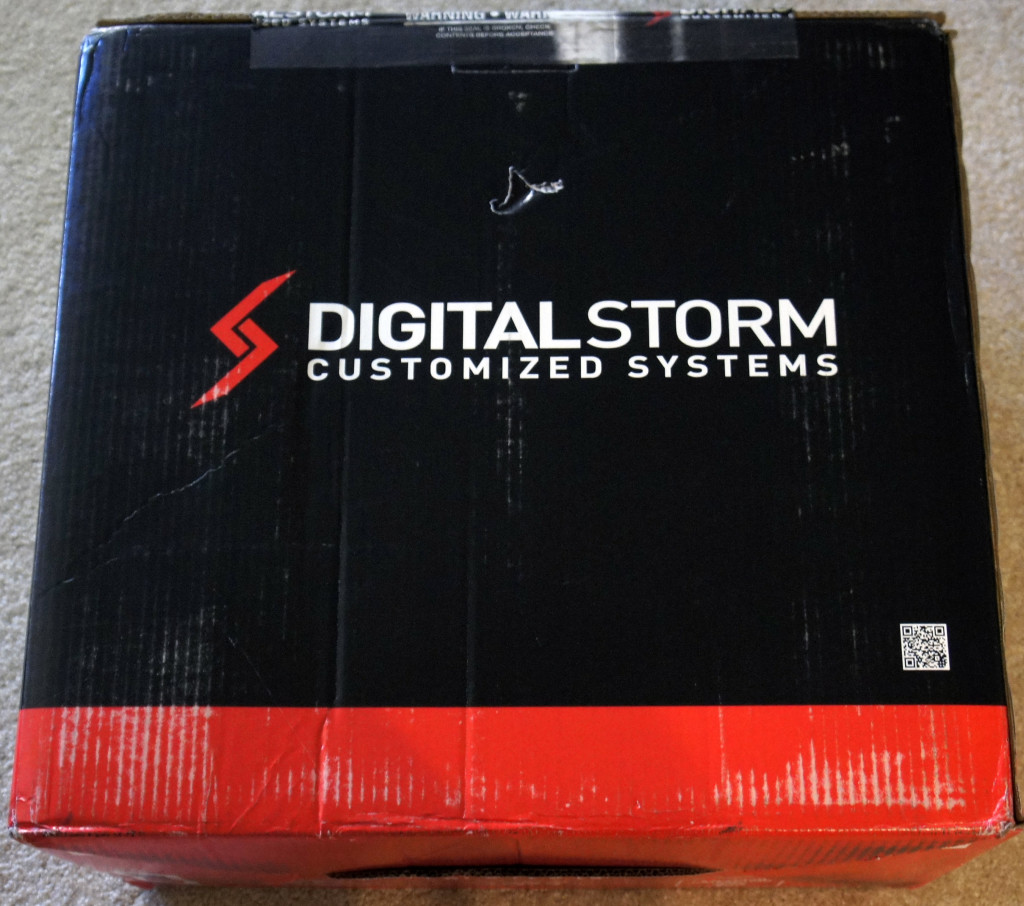

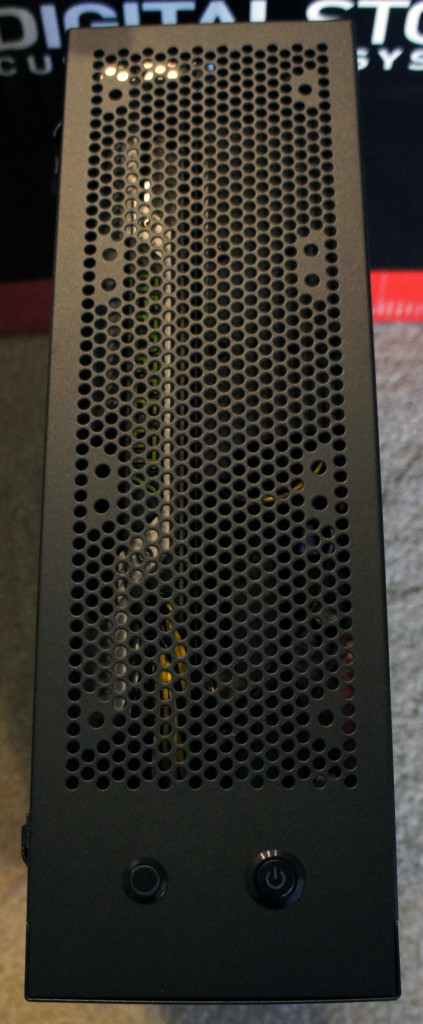
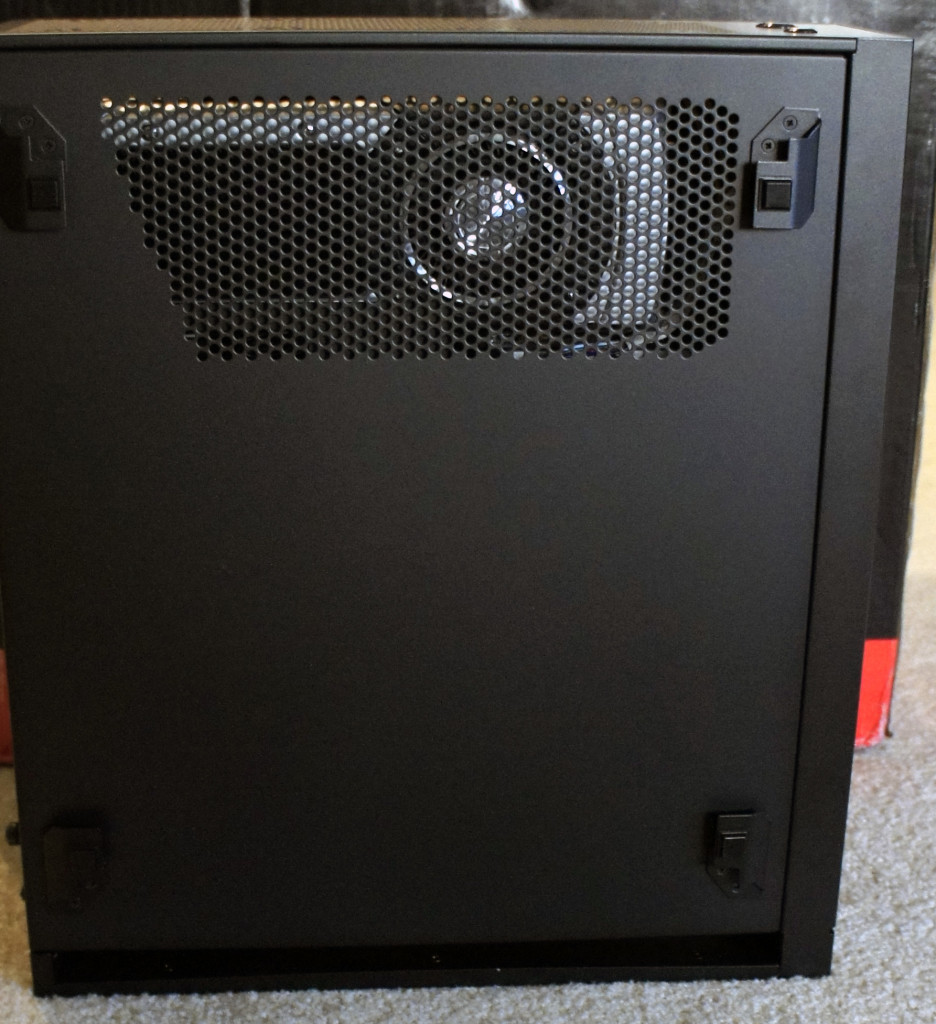
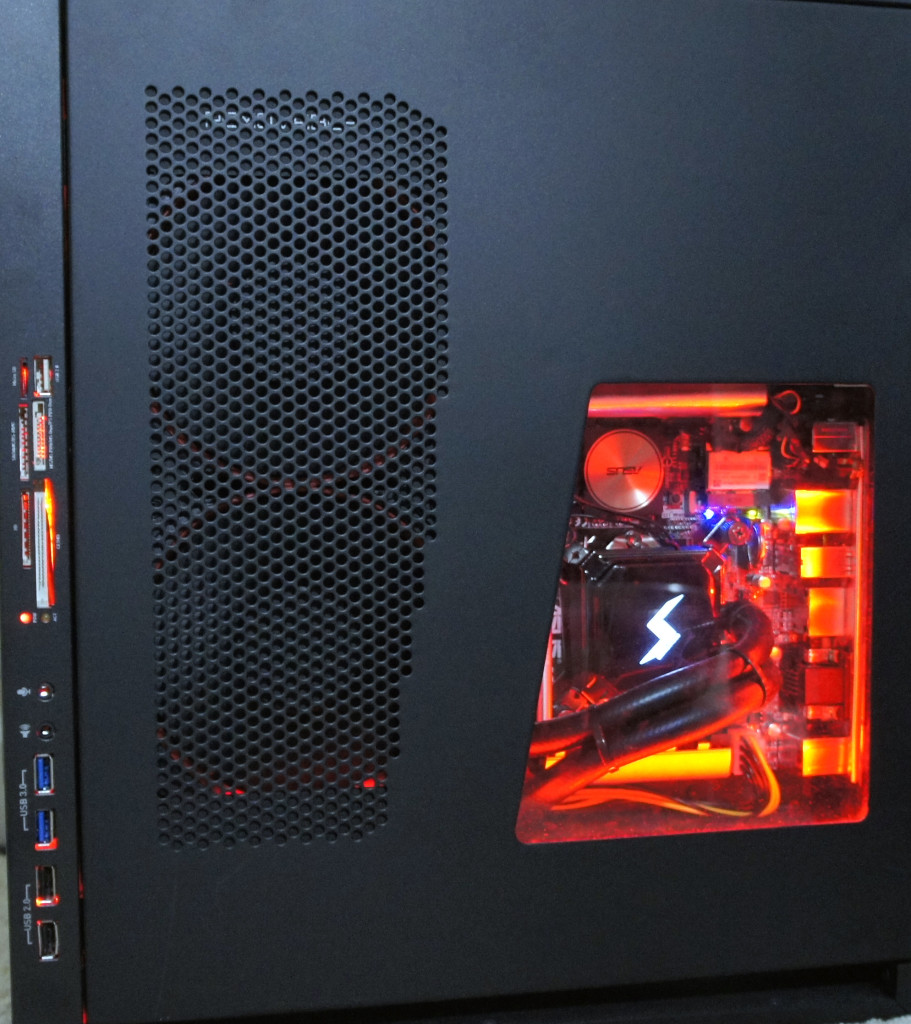 Specifications:
Specifications:
The Bolt II comes in four base configurations that can be customized further:
Level 1 (Starting at $1674):
- Base Specs:
- Intel Core i5 4590 CPU
- 8GB 1600MHz Memory
- NVIDIA GTX 760 2GB
- 120GB Samsung 840 EVO SSD
- 1TB 7200RPM Storage HDD
- ASUS H97 Motherboard
- 500W Digital Storm PSU
Level 2 (Starting at $1901):
- Base Specs:
- Intel Core i5 4690K CPU
- 8GB 1600MHz Memory
- NVIDIA GTX 970 4GB
- 120GB Samsung 840 EVO SSD
- 1TB 7200RPM Storage HDD
- ASUS H97 Motherboard
- 500W Digital Storm PSU
Level 3 (Starting at $2569):
- Base Specs:
- Intel Core i7 4790K CPU
- 16GB 1600MHz Memory
- NVIDIA GTX 980 4GB
- 120GB Samsung 840 EVO SSD
- 1TB 7200RPM Storage HDD
- ASUS Z97 Motherboard
- 500W Digital Storm PSU
Battlebox Edition (Starting at $4098):
- Base Specs:
- Intel Core i7 4790K CPU
- 16GB 1600MHz Memory
- NVIDIA GTX TITAN Z 6GB
- 250GB Samsung 840 EVO SSD
- 1TB 7200RPM Storage HDD
- ASUS Z97 Motherboard
- 700W Digital Storm PSU
Note, the system I received for review came out prior to the release of the Nvidia GTX 900 series cards. These are the specifications for that system:
Reviewed System:
- Intel Core i7 4790K CPU (Overclocked to 4.6 GHz)
- 16GB DDR3 1866MHz Corsair Vengeance Pro Memory
- NVIDIA GTX 780Ti
- 500GB Samsung 840 EVO SSD
- 2TB 7200RPM Western Digital Black Edition HDD
- ASUS Z97I-Plus Mini ITX Motherboard
- 500W Digital Storm PSU
- Blu-Ray Player/DVD Burner Slim Slot Loading Edition
This system is pretty impressive considering how small it is. The Bolt II measures 4.4"(W) x 16.4"(H) x 14.1"(L), or for our readers outside of the US, approximately 11cm(W) x 42cm(H) x 36cm(L).

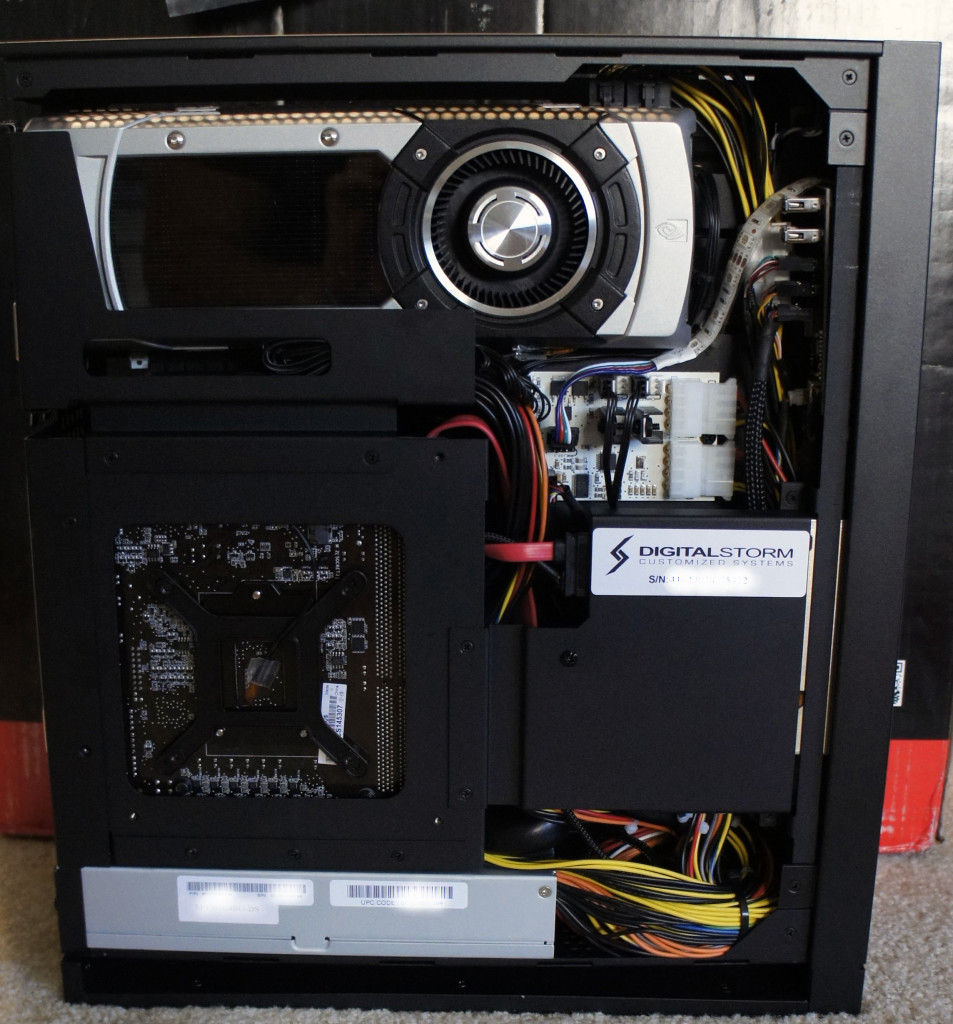
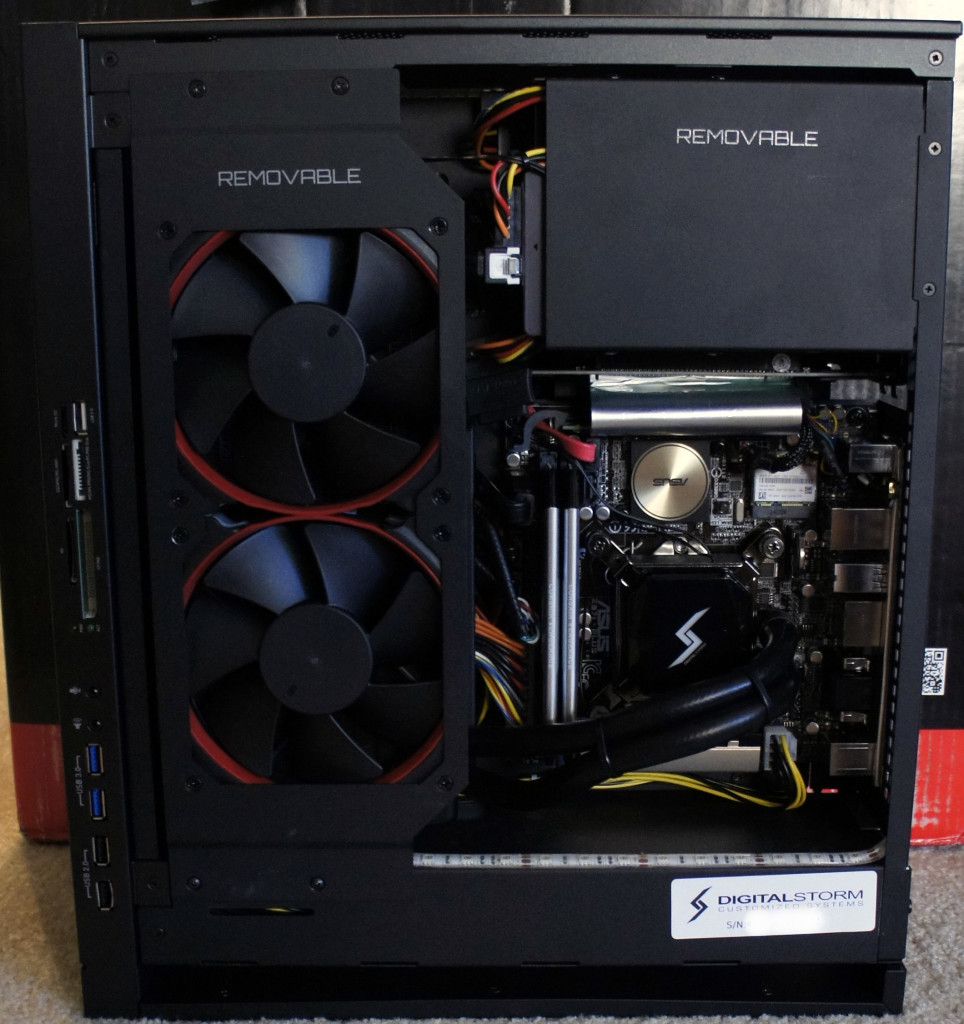 Design and Software
Design and Software
The Bolt II ships with Windows 8.1, but also comes with Steam preinstalled with Big Picture mode enabled, due to the fact that the Bolt II was originally slated to be a hybrid Steam Machine (Windows and Steam OS dual boot). Since Steam Machines had yet to materialize, the Bolt II shipped as a gaming PC designed for the living room, including feet attached to the side panel so the system can sit on its side.
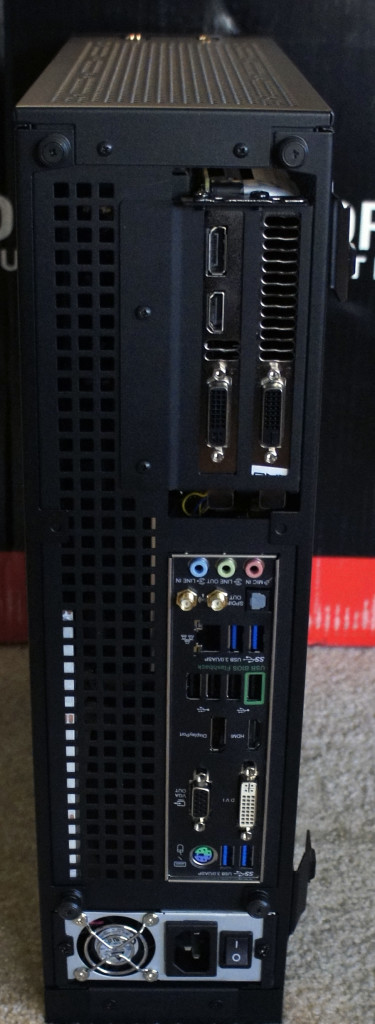 However, this design decision also makes sense of one of my largest annoyances with the computer; the front panel I/O ports are all on the right side of the chassis, near the front, at the bottom. If the system is stood up as one would typically have a desktop, the ports are moderately inconvenient to access. Conversely, if the system is placed on its side in a living room setting (such as under a television), the ports are perfectly accessible.
However, this design decision also makes sense of one of my largest annoyances with the computer; the front panel I/O ports are all on the right side of the chassis, near the front, at the bottom. If the system is stood up as one would typically have a desktop, the ports are moderately inconvenient to access. Conversely, if the system is placed on its side in a living room setting (such as under a television), the ports are perfectly accessible.
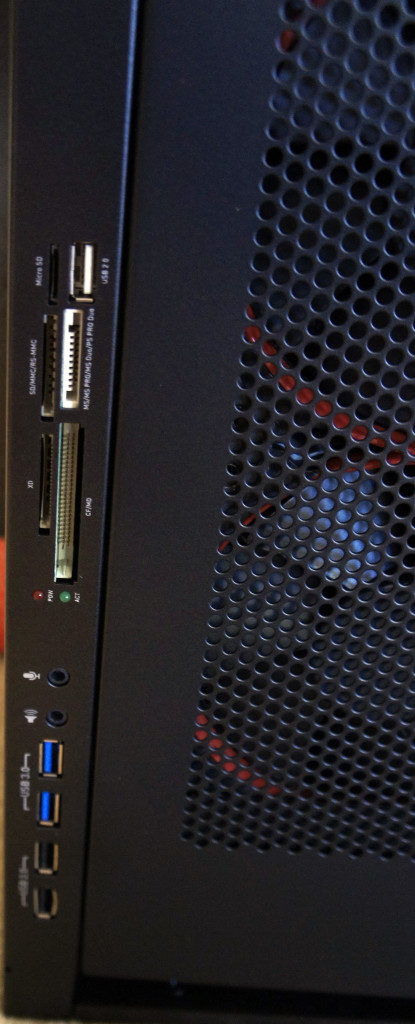 Digital Storm mentioned to us that once Steam Machines are ready to roll, they'll be shipping the Bolt II as it was originally intended: as a hybrid Steam Machine. Luckily for us, Steam Machines are coming out this March, so expect to see some hybrid systems from Digital Storm soon.
Digital Storm mentioned to us that once Steam Machines are ready to roll, they'll be shipping the Bolt II as it was originally intended: as a hybrid Steam Machine. Luckily for us, Steam Machines are coming out this March, so expect to see some hybrid systems from Digital Storm soon.
One of the joys of a boutique system is a comforting lack of bloatware, as the Bolt II comes with very little preinstalled. The only software installed on the system was the system drivers, Steam (as previously mentioned), and the Digital Storm Control Center. Here is what the desktop looked like upon initial boot:
 The Digital Storm Control Center is a custom piece of software for Digital Storm PCs designed to manage a system's cooling and lighting and provide metrics for the user. Much to my surprise, the software is designed and coded in-house, which explains the level of polish and quality the program possesses (as opposed to other companies that rely on 3rd party developers located in Asia with software solutions that often prove underwhelming).
The Digital Storm Control Center is a custom piece of software for Digital Storm PCs designed to manage a system's cooling and lighting and provide metrics for the user. Much to my surprise, the software is designed and coded in-house, which explains the level of polish and quality the program possesses (as opposed to other companies that rely on 3rd party developers located in Asia with software solutions that often prove underwhelming).
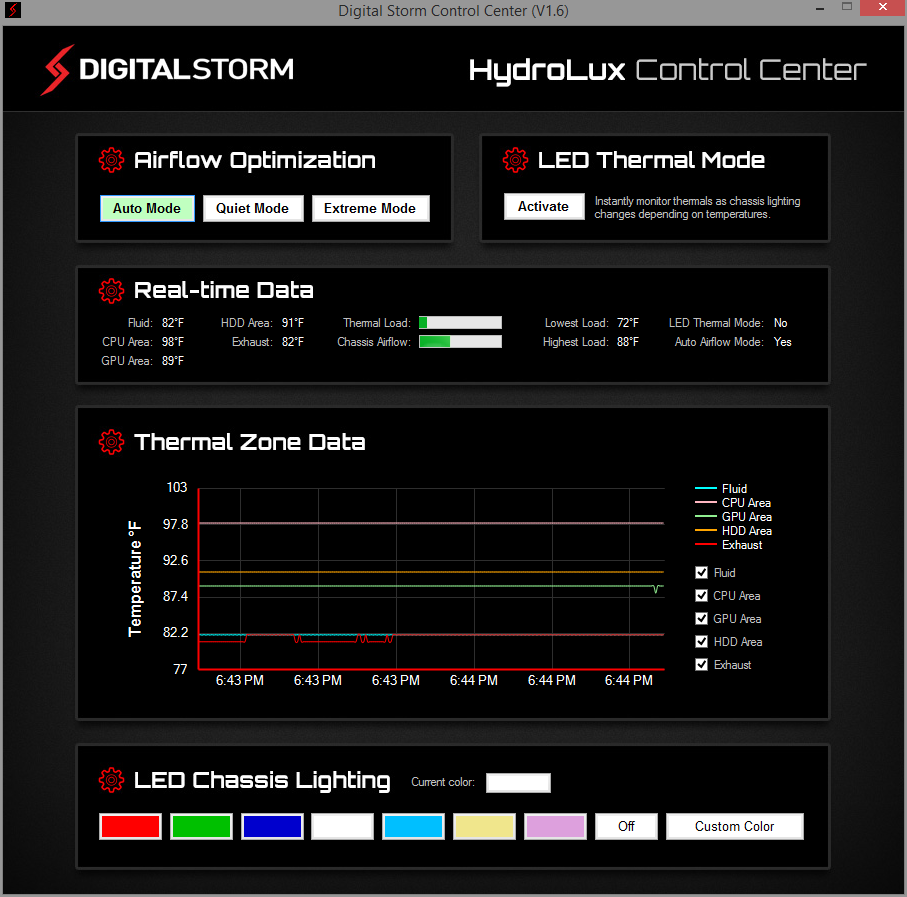
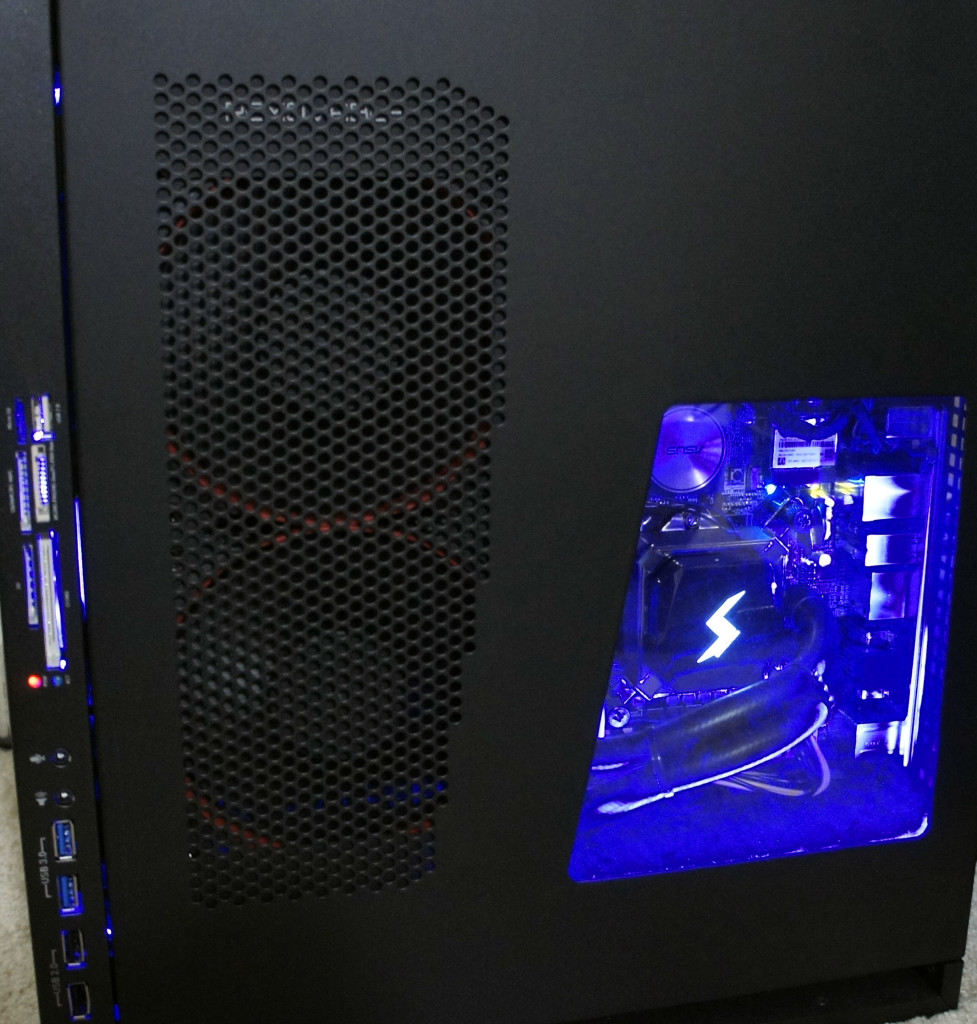
 Synthetic Benchmarks
Synthetic Benchmarks
Moving on to benchmarks, I'll start with the synthetics:
Starting with 3DMark's Fire Strike, the Bolt II managed a score of 10077.
Running 3DMark's Fire Strike in Extreme mode, the system scores 4932.
Rounding out 3DMark's Fire Strike is Ultra mode, with the Bolt II getting a score of 2506.
In PCMark 8, the Bolt II scores a 4591 when running the Home benchmark.
The other benchmark in PCMark 8 I ran was the Work benchmark, which had the Bolt II scoring 3877.
Now to cover AIDA64's sets of benchmarks:
The AIDA64 Cache and Memory benchmark yielded a Read of 28023 MB/s, Write of 29180 MB/s, Copy of 27301 MB/s, and Latency of 52.2 ns on the Memory.
The system got a Read of 1143.4 GB/s, Write of 573.47 GB/s, Copy of 1140.9 GB/s, and Latency of 0.9 ns on the L1 Cache.
It scored a Read of 424.95 GB/s, Write of 183.99 GB/s, Copy of 269.07 GB/s, and Latency of 2.6 ns on the L2 Cache.
Finally, it produced a Read of 222.08 GB/s, Write of 171.25 GB/s, Copy of 191.66 GB/s, and Latency of 10.4 ns on the L3 Cache.
AIDA64's GPGPU Benchmark results are up next:
The AIDA64 Disk Benchmark was then run on both the Samsung 840 EVO SSD and the Western Digital 2 TB Black Edition HDD.
The Samsung 840 EVO SSD yielded an average Read of 378 MB/s across 5 different tests, and a latency of 0.09 ms.
The Western Digital 2 TB Black Edition HDD yielded an average Read of 201.5 MB/s across 5 different tests, and a latency of 11.85 ms.
Gaming Benchmarks
Moving on to the results of the gaming benchmarks, now that the synthetic benchmarks have been covered:
Starting off with Sleeping Dogs: Definitive Edition, the benchmark was run using the settings listed in the screenshot, and it scored an average FPS of 51.8, a maximum FPS of 66.6 FPS, and a minimum FPS of 32.5.
Even when maxing out the game settings at 1080p resolution, the system maintains very playable framerates, which would look even better when paired with a display that utilizes FreeSync or G-Sync. In this case it would have to be G-Sync since this Bolt II configuration utilizes an Nvidia GPU.
Next up is Far Cry 4. I replayed the liberation of Varshakot Fortress in Outpost Master. Rather than use Nvidia's GeForce Experience optimized settings, which should theoretically provide the best overall experience, I cranked the game settings to Ultra at 1920x1080 resolution.
The game was very playable and smooth, getting an average FPS of 82.6, a maximum FPS of 665 FPS, and a minimum FPS of 56.
Moving on, I tested out Assassin's Creed Unity, now that most of the bugs have been sorted out. I ran Unity at the Ultra High setting, 1920x1080 resolution, again ignoring Nvidia’s optimized settings in order to see how the game would run at the top preset. I played through the intro sequence of the game, and excluded cutscenes.
The game was certainly playable, and oftentimes smooth, though there were occasional framerate drops and a tiny bit of noticeable tearing. The game had an average FPS of 38, a maximum FPS of 53 FPS, and a minimum FPS of 19. This would have also gotten some benefit from a FreeSync or G-Sync enabled display.
Value and Conclusion
Clearly the Bolt II is a very capable system, and the fact that it's available in a variety of customizable configurations to better fit the needs and budget of the consumer is a plus (it can be configured as low as $1100, or as high as $7800 excluding any accessories). Though I was impressed with the original Bolt, the Bolt II is a clear improvement in every way.
Whether or not the cost of the Bolt II is a good value is something that has to be determined by the consumer. Would it be cheaper to build yourself a PC with identical performance? Absolutely, even when building with the same or similar components. However, there are a few things that make the Digital Storm Bolt II stand out from a home-built PC.
First is the form factor. The Bolt II uses a fully custom chassis designed by Digital Storm, so no one building a PC at home can build into a chassis with the same dimensions. Most mini-ITX systems won't be anywhere near as slim.
Second is the warranty and guarantees of build-quality and performance of the system, which you can only get by purchasing a PC from a reputable company with a solid customer service record.
Third is the convenience. The Bolt II comes prebuilt, with the OS and drivers installed, and can also include a stable overclock verified by Digital Storm, custom lighting and cooling, as well as cable management. All of these factors sure makes building your own seem like more pain than it’s worth.
When compared to other system builders with similar SFF systems, the Bolt II still comes out number one in terms of fit and finish, as well as build quality. The metal chassis and custom design are really impressive, and serve to differentiate the Bolt II from other systems in a way that the Digital Storm Eclipse doesn't (though that is the budget model of course).
If you were to ask me if I would build my own PC or purchase a Bolt II, my answer would probably still be to build my own system. However, this is simply due to personal preference; the form factor is not all that necessary for my current lifestyle, and I value the flexibility of choosing my own components and saving money more than the hassle of putting together the system myself. Despite all of this, were I to need a prebuilt PC with a small footprint, there's no doubt the Bolt II would be my first choice.
The First Not Operator Giveaway!Θ UPDATED
Update 2: One of our winners didn't claim their prize, so we did a redraw and gave someone else the opportunity to claim it! Update 1 has been edited to reflect the new winner, be sure to get back to us within 48 hours to claim your prize.
Update 1: Congratulations to our two winners, Harrison G and Dean Y! Be sure to check your email's spam folders if you didn't receive an email from us, as you have 48 hours to claim your prize, otherwise we'll redraw another winner or two.
To the rest of you, thanks for entering, and stay tuned as we'll have other giveaways in the future.
Welcome to the first Not Operator Giveaway!Θ
We're giving away a Roccat Kone Pure laser gaming mouse as well as a Tt eSports (Thermaltake) Poseidon mechanical gaming keyboard (with Cherry MX Brown key switches).
The specications for the Roccat Kone Pure are:
- Pro-Aim Laser Sensor R3 with up to 8200dpi
- 1000Hz polling rate
- 1ms response time
- 12000fps, 10.8megapixel
- 30G acceleration
- 3.8m/s (150ips)
- 16-bit data channel
- 1-5mm Lift off distance
- Tracking & Distance Control Unit
- 72MHz Turbo Core V2 32-bit Arm based MCU
- 576kB onboard memory
- Zero angle snapping/prediction
- 1.8m braided USB cable
Dimensions – Max. width 7cm x approx. 12cm max. length
Weight – Approx. 90g (excl. cable)
In the package – ROCCAT™ Kone Pure - Core Performance Gaming Mouse, Quick-Installation Guide
The Roccat Kone Pure has an MSRP of $69.99
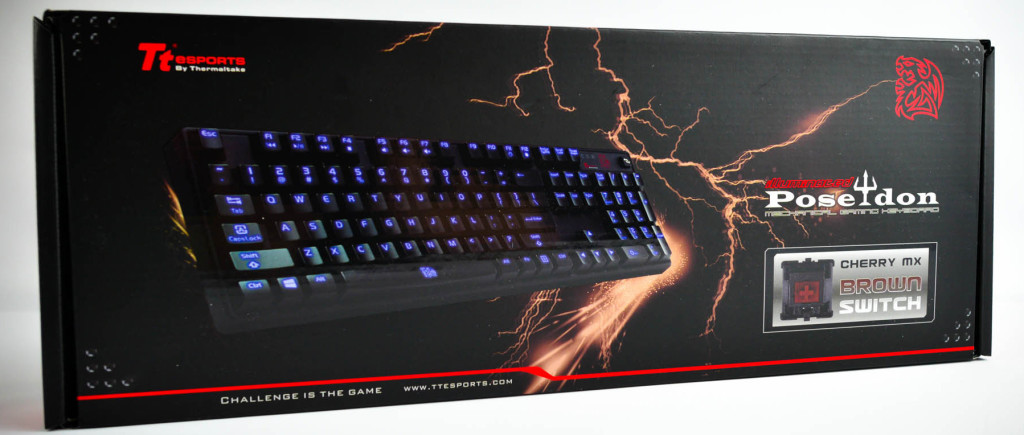
The the Tt eSports Poseidon mechanical gaming keyboard features Cherry MX Brown key switches, a fully back-lit keyboard, offering 4 levels of adjustable brightness, media keys, and a Windows Key lock option. It has an MSRP of $99.99
To enter our giveaway just follow us on Twitter @notoperating, tweet about our giveaway, and like us on Facebook. In addition, feel free to subscribe to our Youtube channel for an extra chance to win.
The giveaway will run from 1/25/2014 at 12:00 AM PST until 2/1/2014 at 12:00 AM PST, at which point we'll choose two winners, one of which will receive the mouse, and the other the keyboard.
Unfortunately the giveaway is only available to readers located in the contiguous United States. Good luck to you all!
!Θ

